A weight bench and barbell are the foundation of any serious home or garage gym. Whether you're a beginner aiming to build a strong base or an experienced lifter fine-tuning your setup, choosing the right weight bench bar combo is critical for safety, performance, and long-term results.
What Is a Weight Bench Bar Setup?
At its core, a weight lifting bench bar setup includes two main components:
-
The bench – flat, adjustable (incline/decline), or Olympic-style
-
The barbell – typically a 7-foot Olympic bar, though shorter bars exist for smaller spaces
Together, they allow you to perform classic compound movements like the bench press, shoulder press, and barbell rows—essential exercises for building upper body strength.
Types of Weight Benches to Consider
1. Flat Benches
These are stable, simple, and ideal for heavy barbell bench pressing. With no moving parts, flat benches are durable and often used in powerlifting setups.
2. Adjustable Benches (FID – Flat/Incline/Decline)
Great for versatility. You can adjust angles to target different parts of the chest and shoulders, making your bar weight bench workouts more comprehensive.
3. Olympic Benches
These are typically wider and include a built-in barbell rack. They’re ideal if you’re focusing on heavy barbell work and want a dedicated setup.
Choosing the Right Bar for Your Bench
Not all barbells are created equal. For general weight bench bar training, a standard 7-foot Olympic barbell is best—it weighs 45 lbs and fits most racks. However, if you’re working with a compact space or lighter weights, a 5- or 6-foot barbell can still be effective.
Key factors to consider:
-
Knurling: Ensures grip, especially important during bench pressing.
-
Weight Capacity: Always choose a bar rated for more weight than you currently lift.
-
Sleeve Diameter: Make sure it fits your weight plates (Olympic vs. standard).
Safety Tips for Weight Bench Bar Training
-
Always use collars or clips to secure the plates.
-
Start with manageable weights—especially when training alone.
-
Use spotter arms or a power rack if your bench doesn’t have a built-in rack.
-
Maintain proper form to avoid shoulder strain or back injury.
My First Weight Bench Bar Setup (A Quick Story)
When I built my first home gym in a one-car garage, I didn’t have room for anything fancy. I started with a second-hand flat bench and a 6-foot barbell. My first bench press session? A modest 85 lbs total—but I felt like a beast. Over time, that simple bar weight bench setup became the cornerstone of my training. It taught me consistency matters more than fancy gear. Even now, with upgraded equipment, I still believe a basic bench and barbell can take you far—if you put in the work.
Final Thoughts
If you're assembling or upgrading your home gym, investing in a reliable weight bench bar combo is a smart move. Focus on durability, comfort, and proper fit for your space. And remember—consistent training, not expensive equipment, is what drives progress. Pick a setup that suits your goals and grow from there.

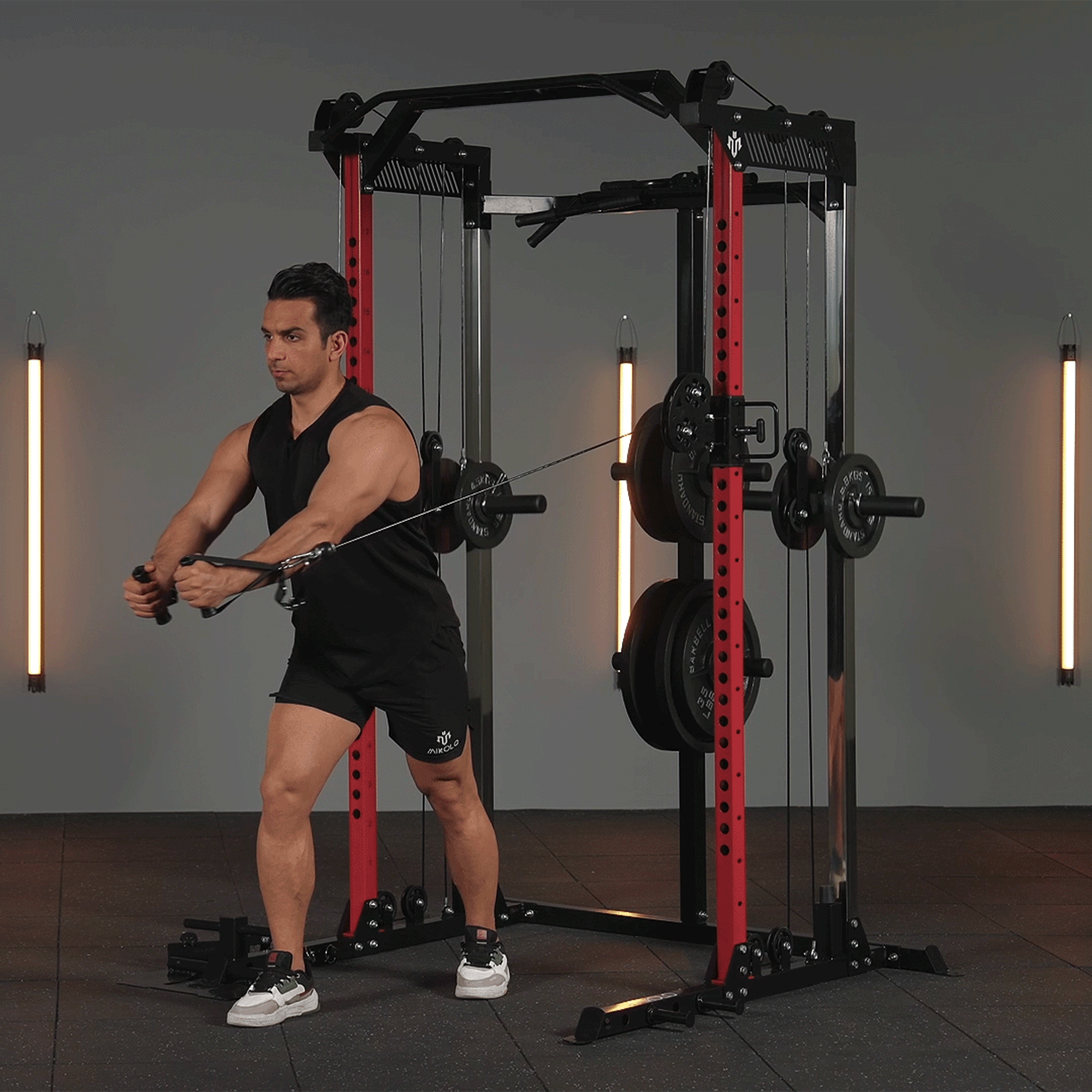
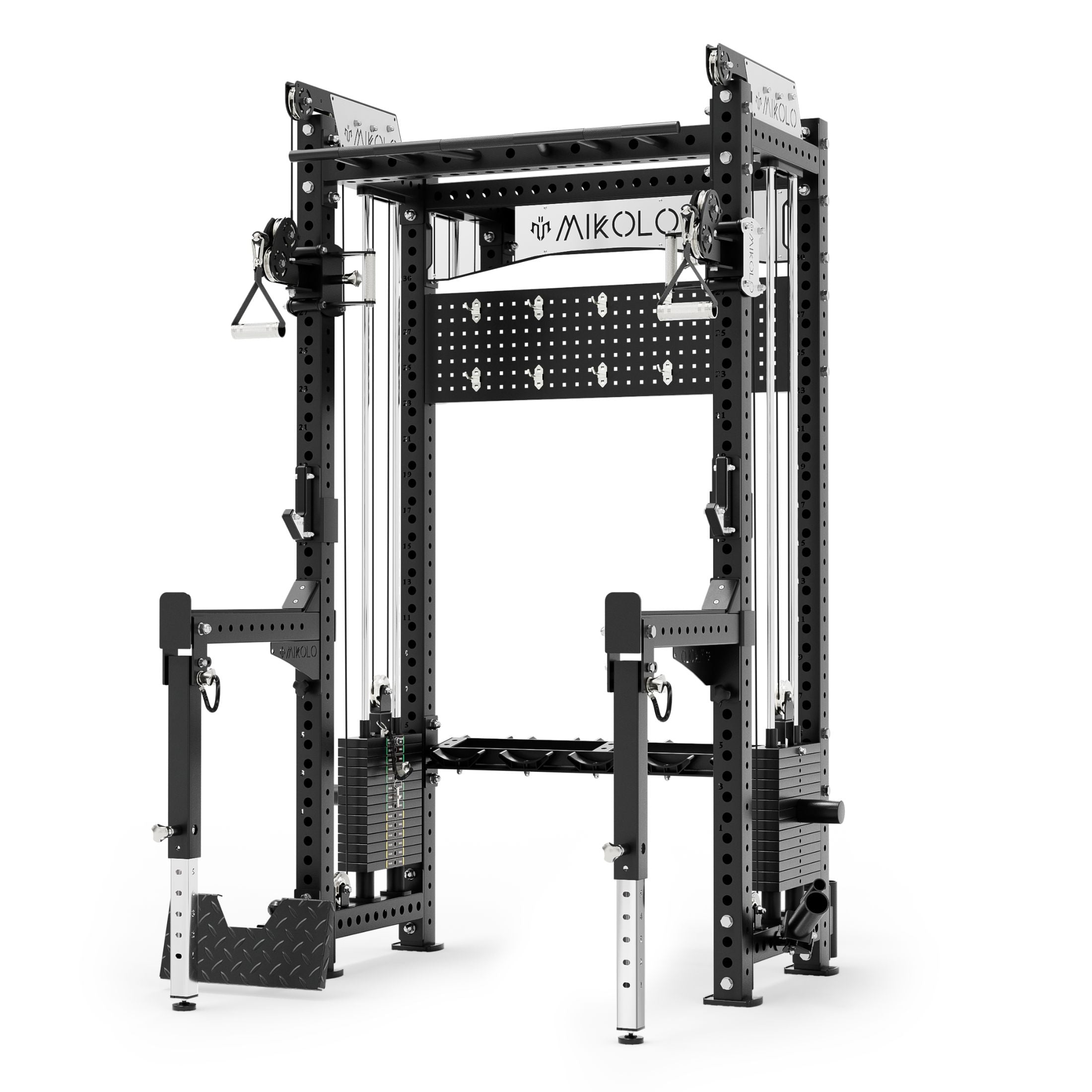
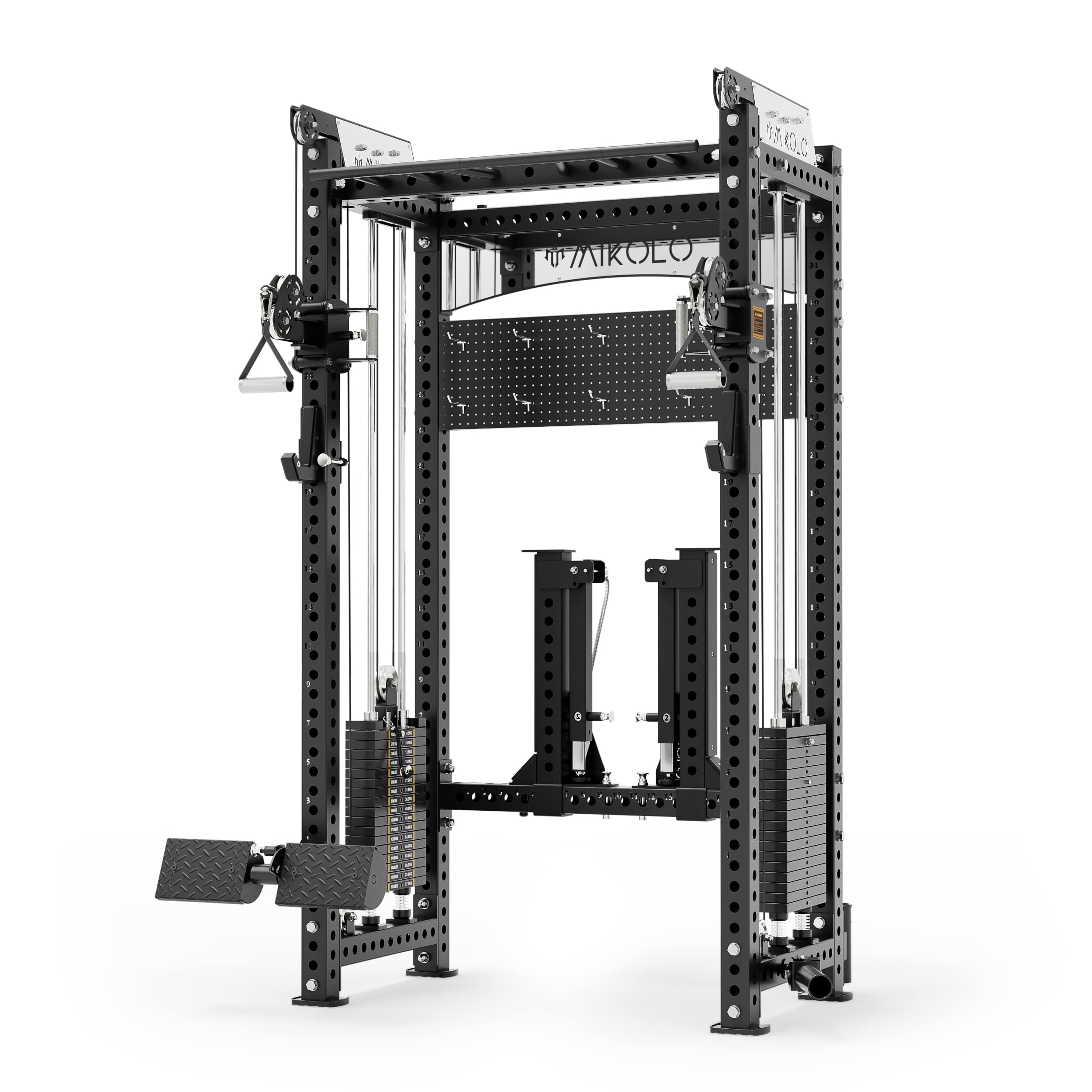
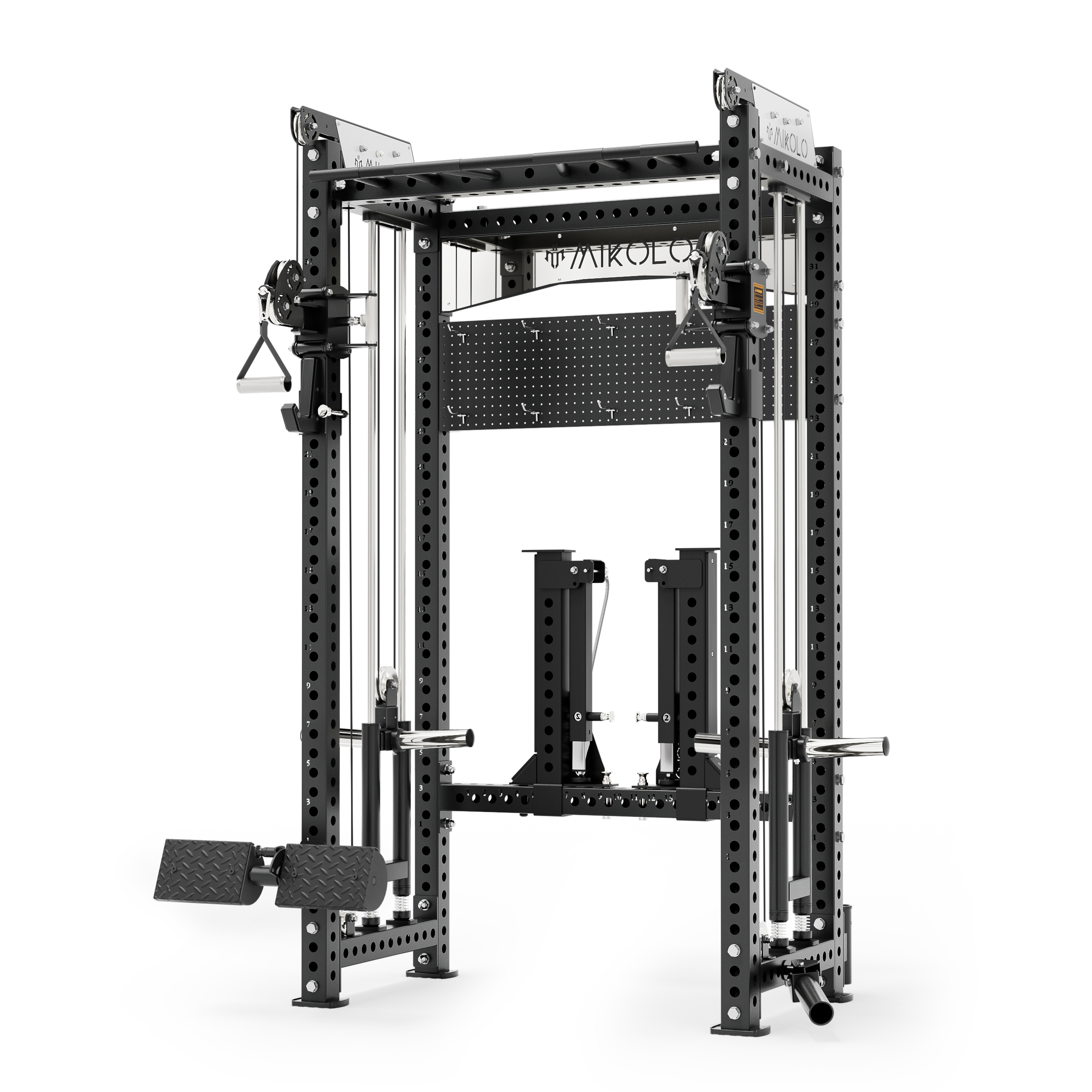
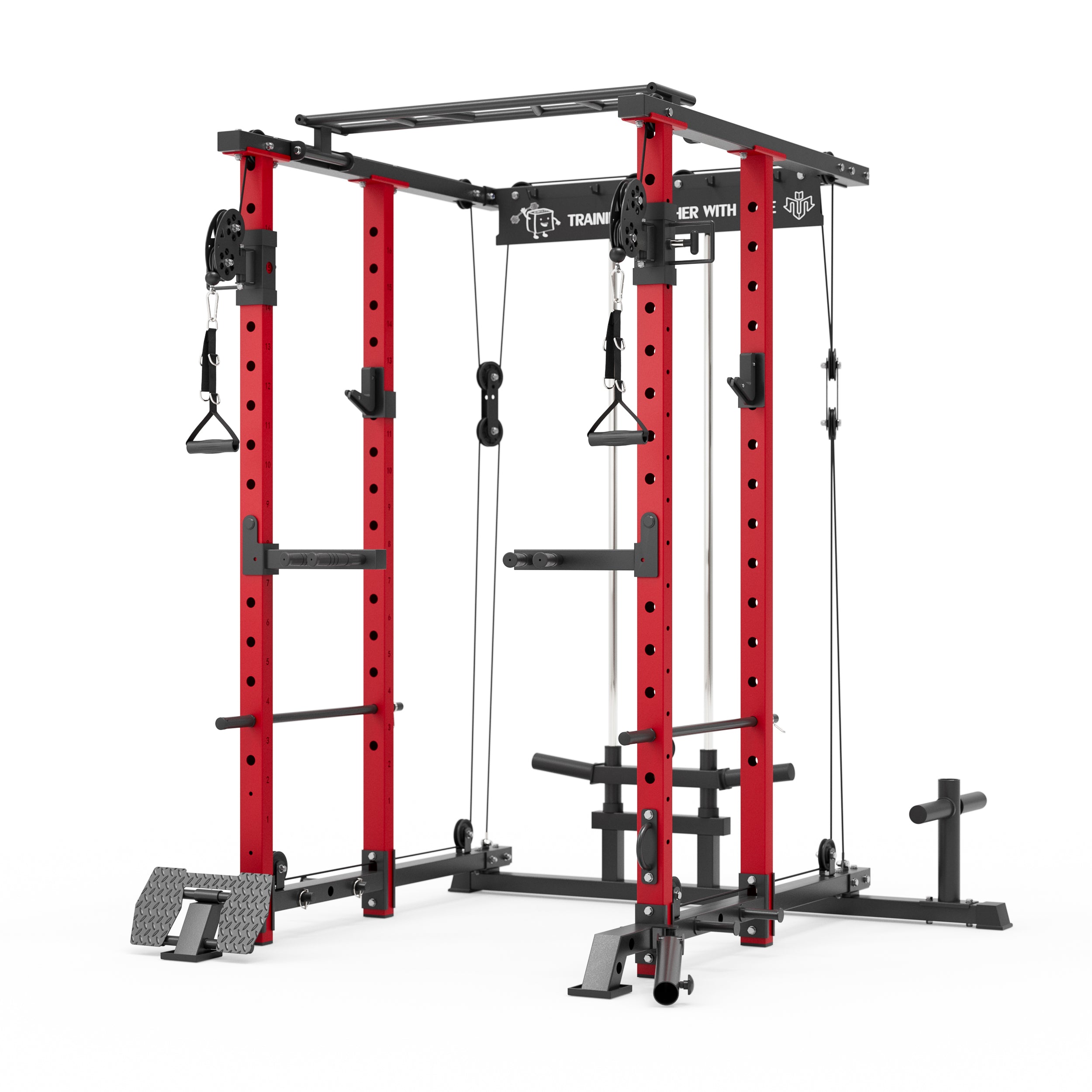
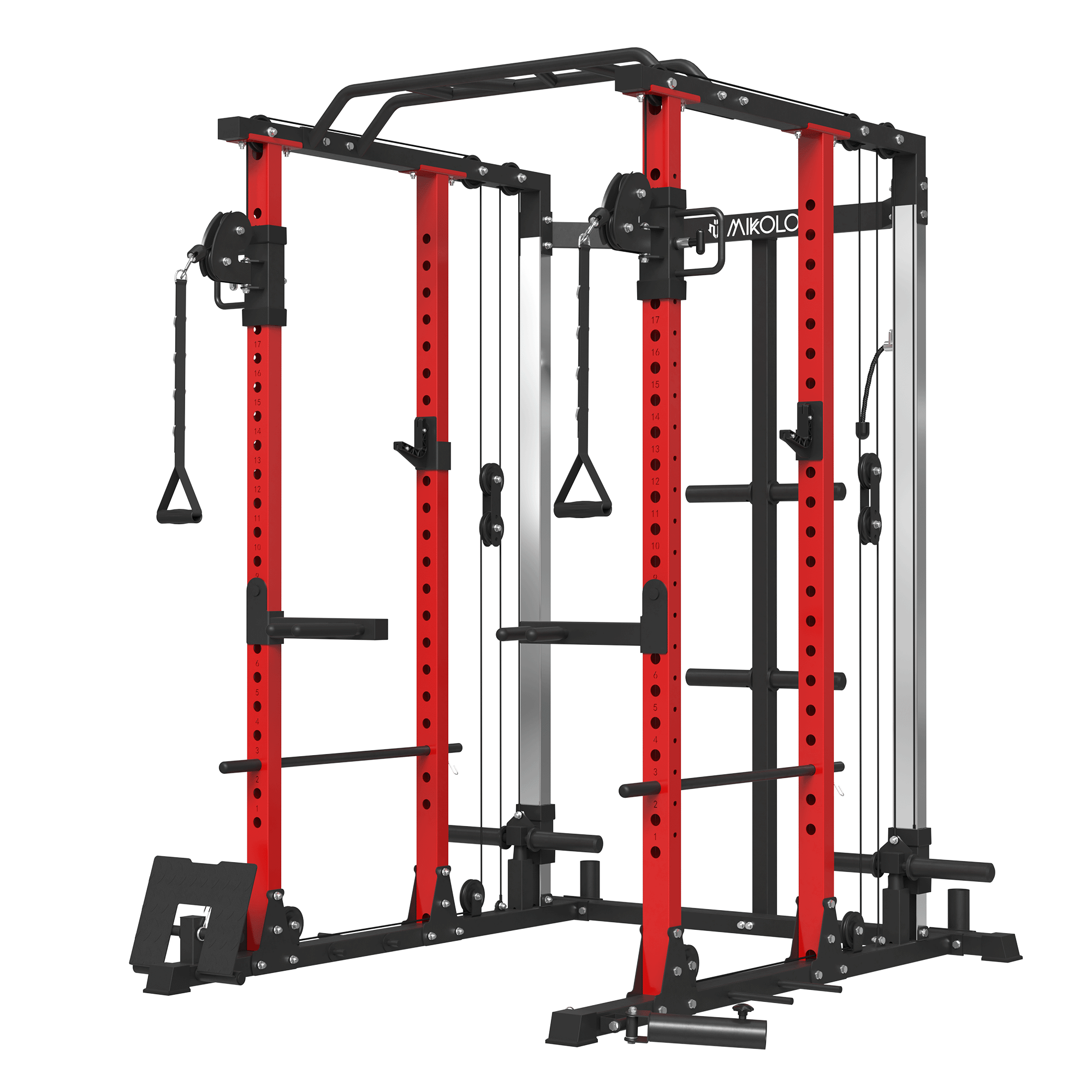
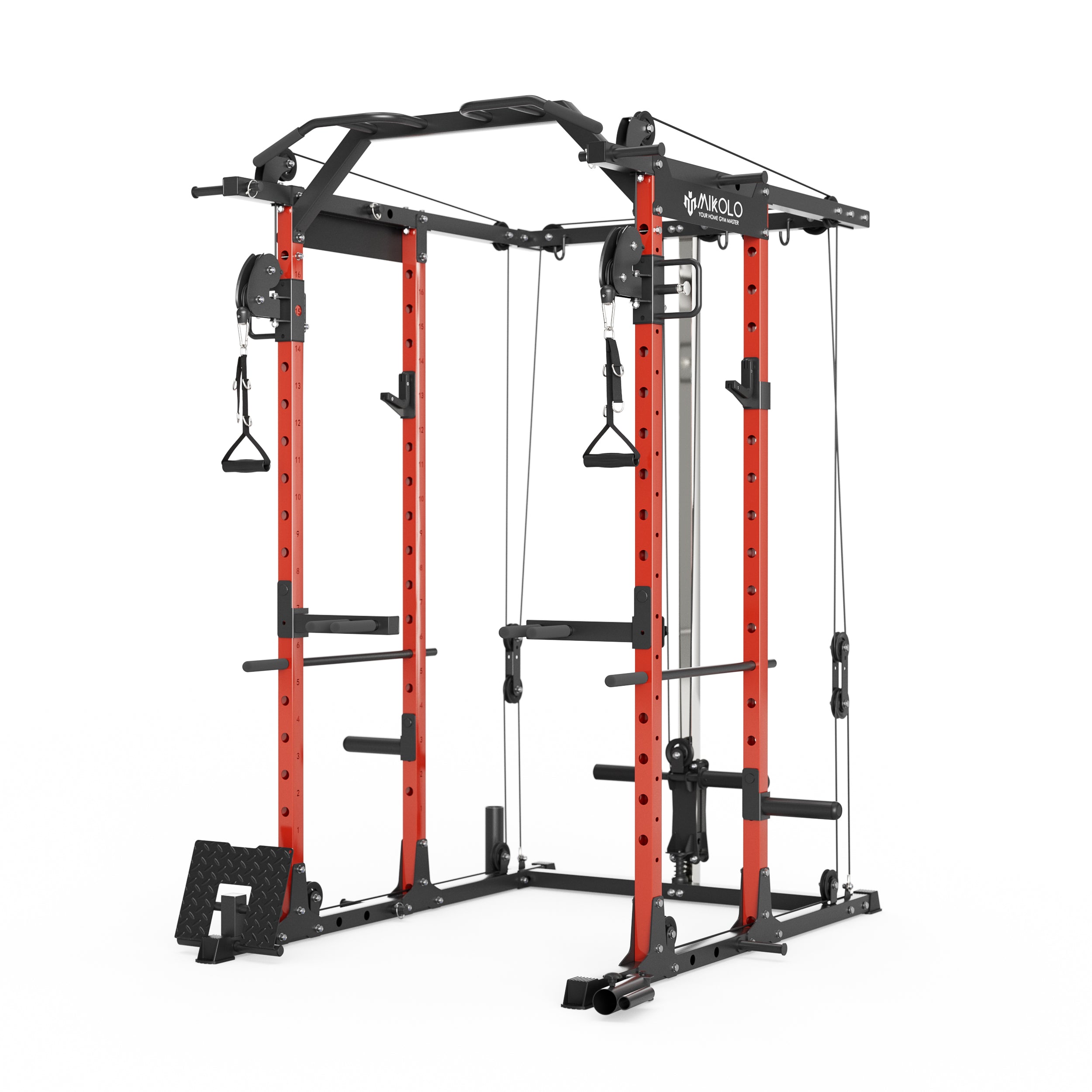
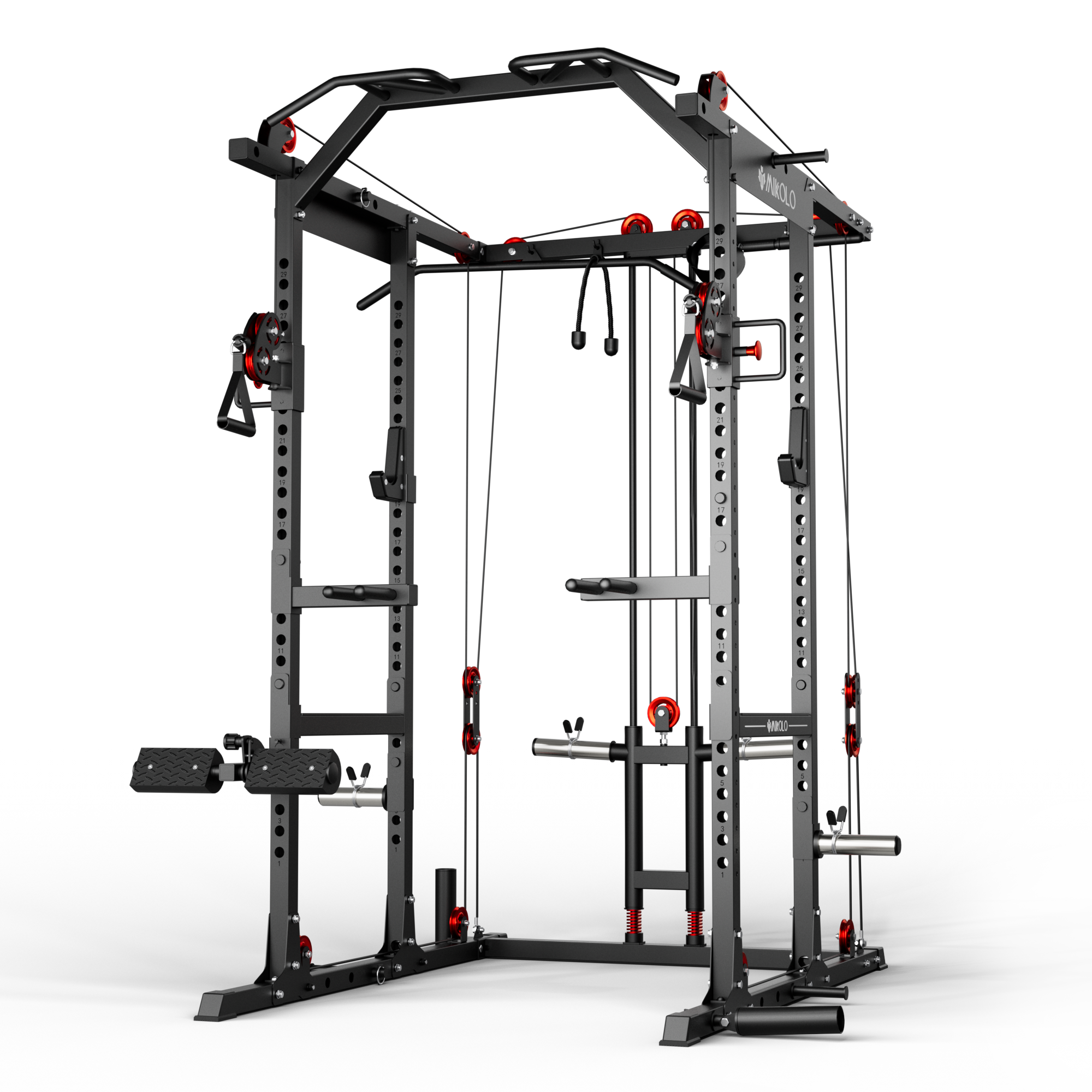
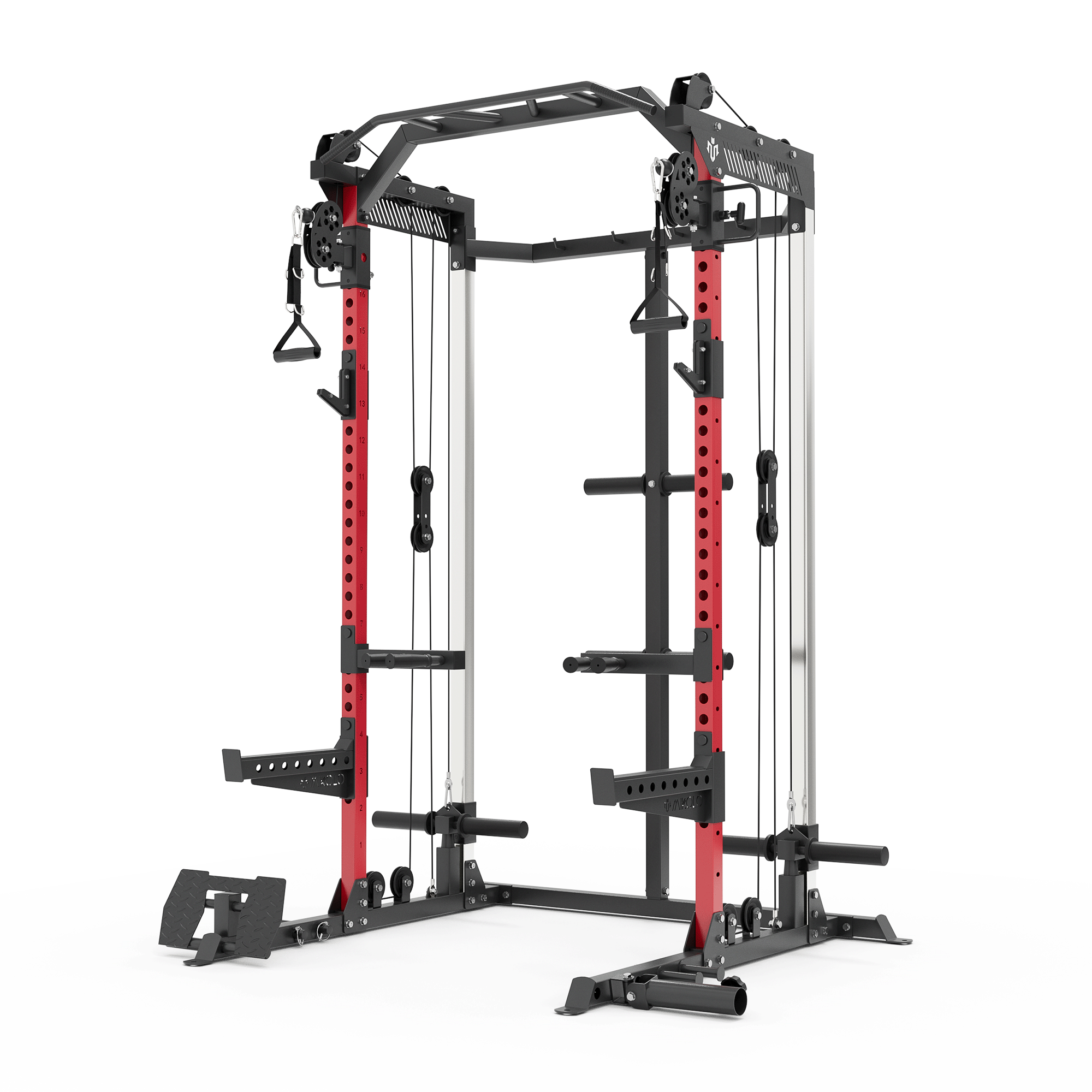
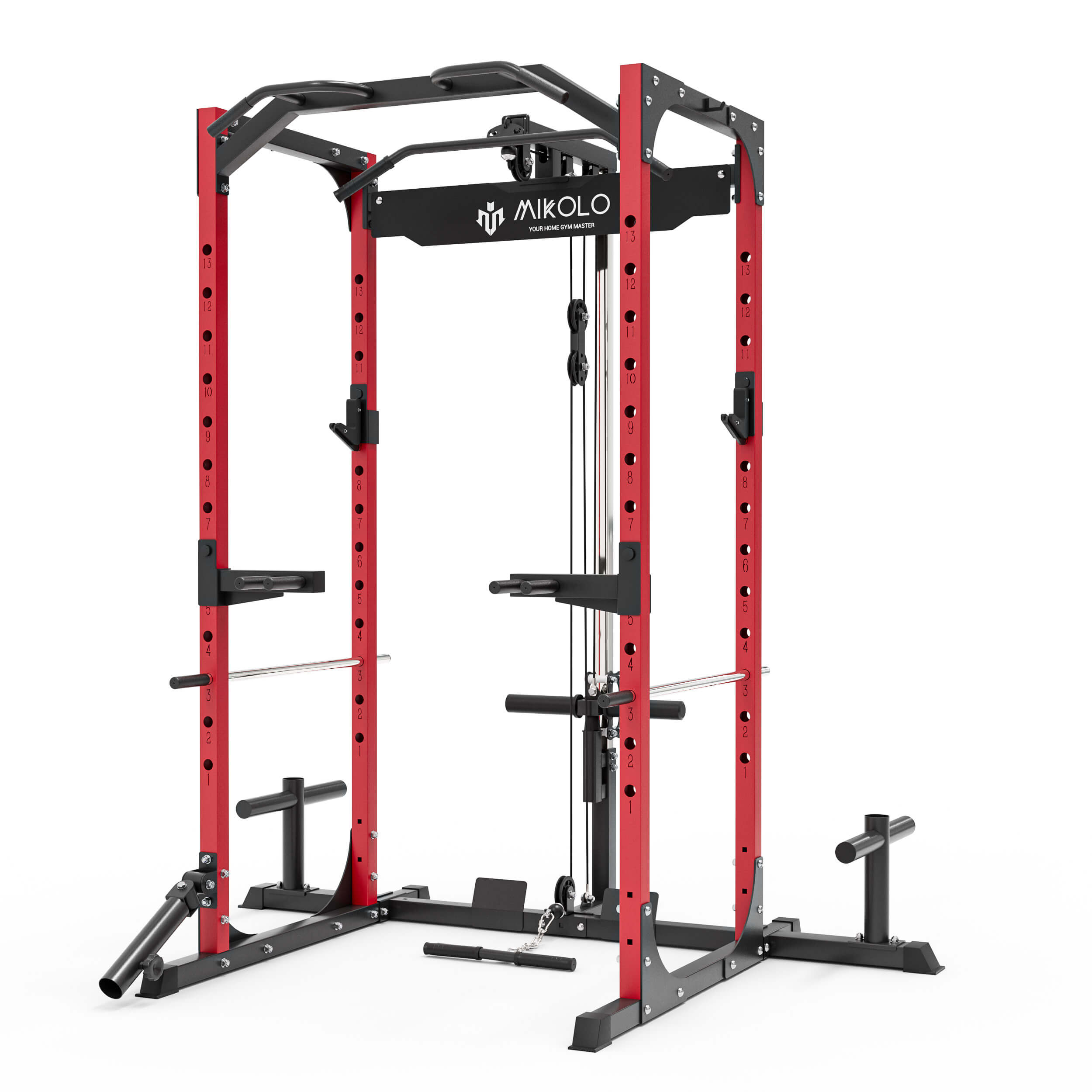
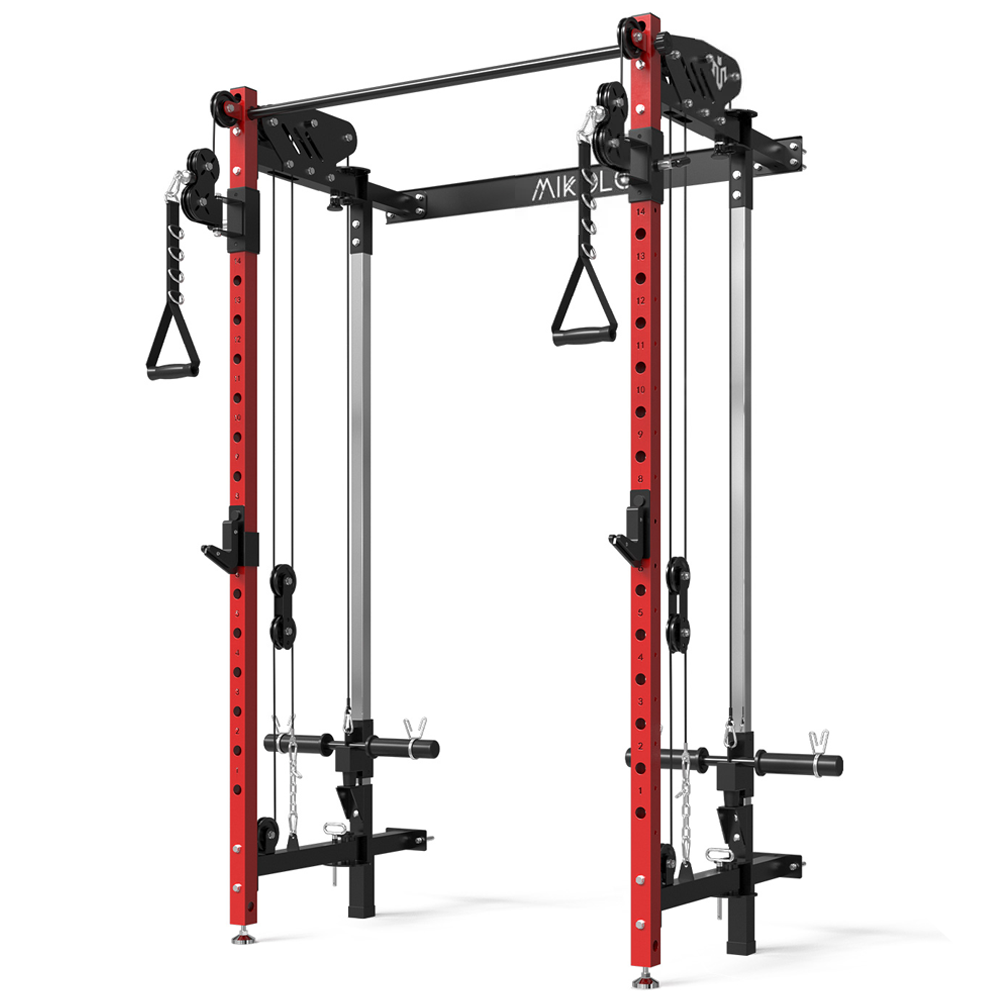
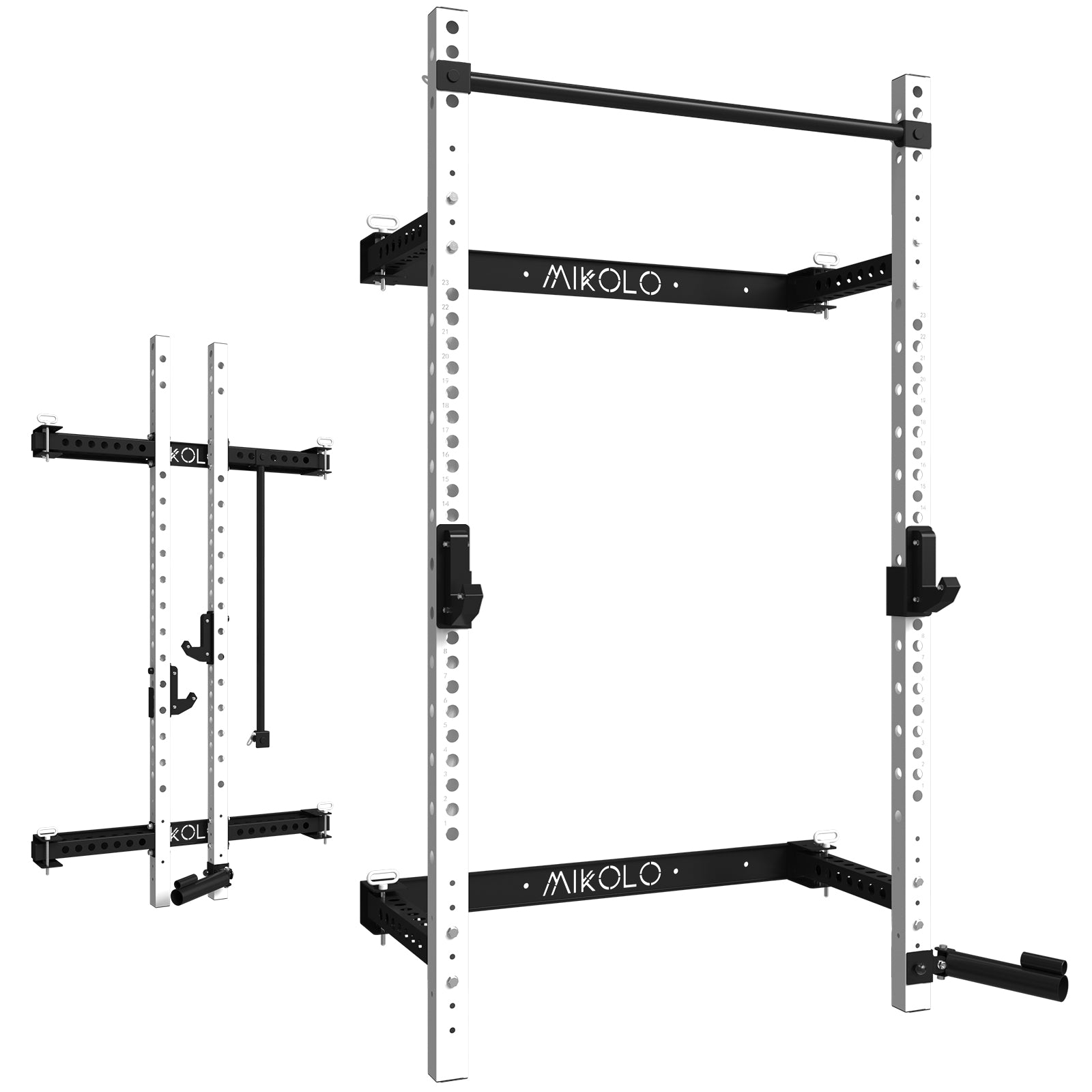
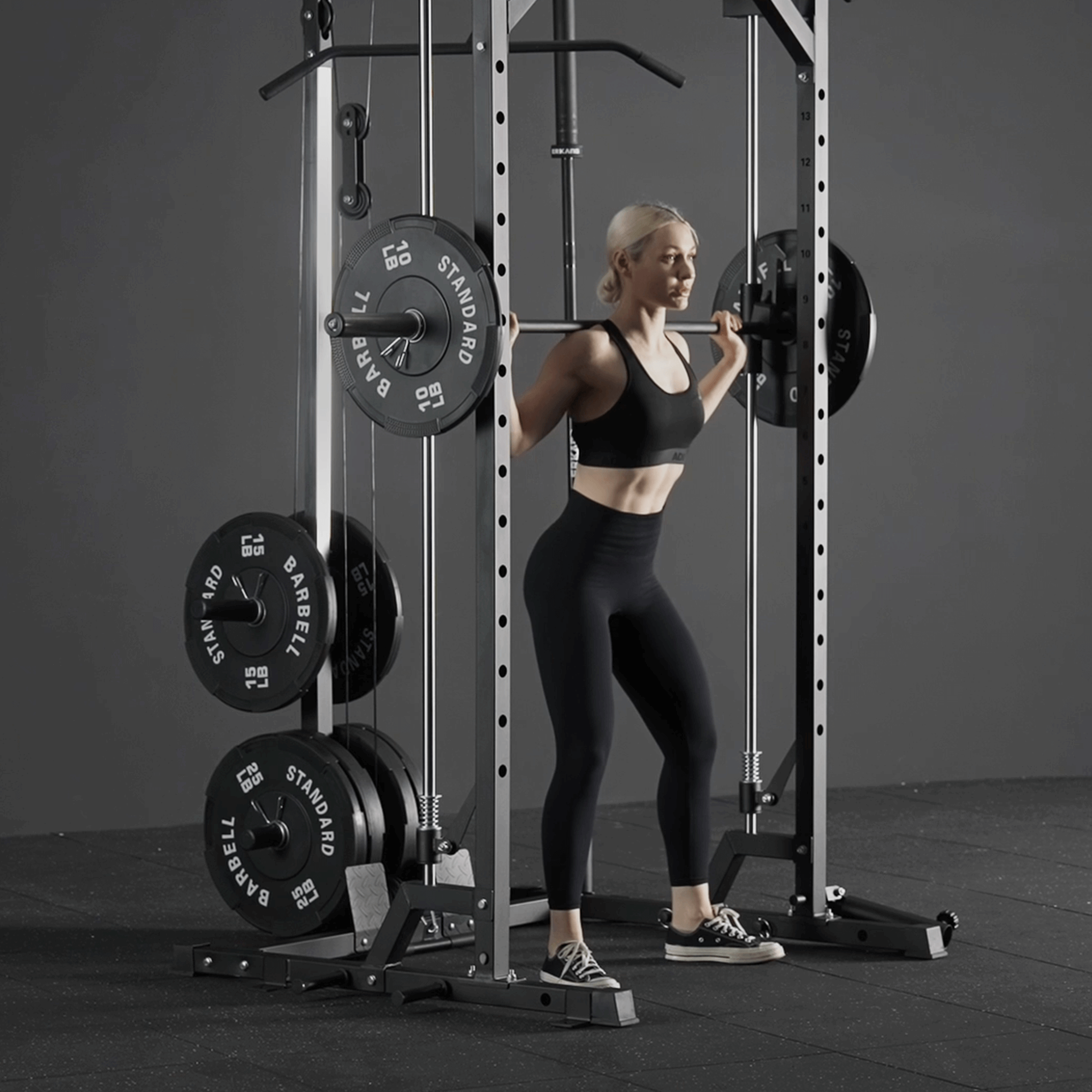
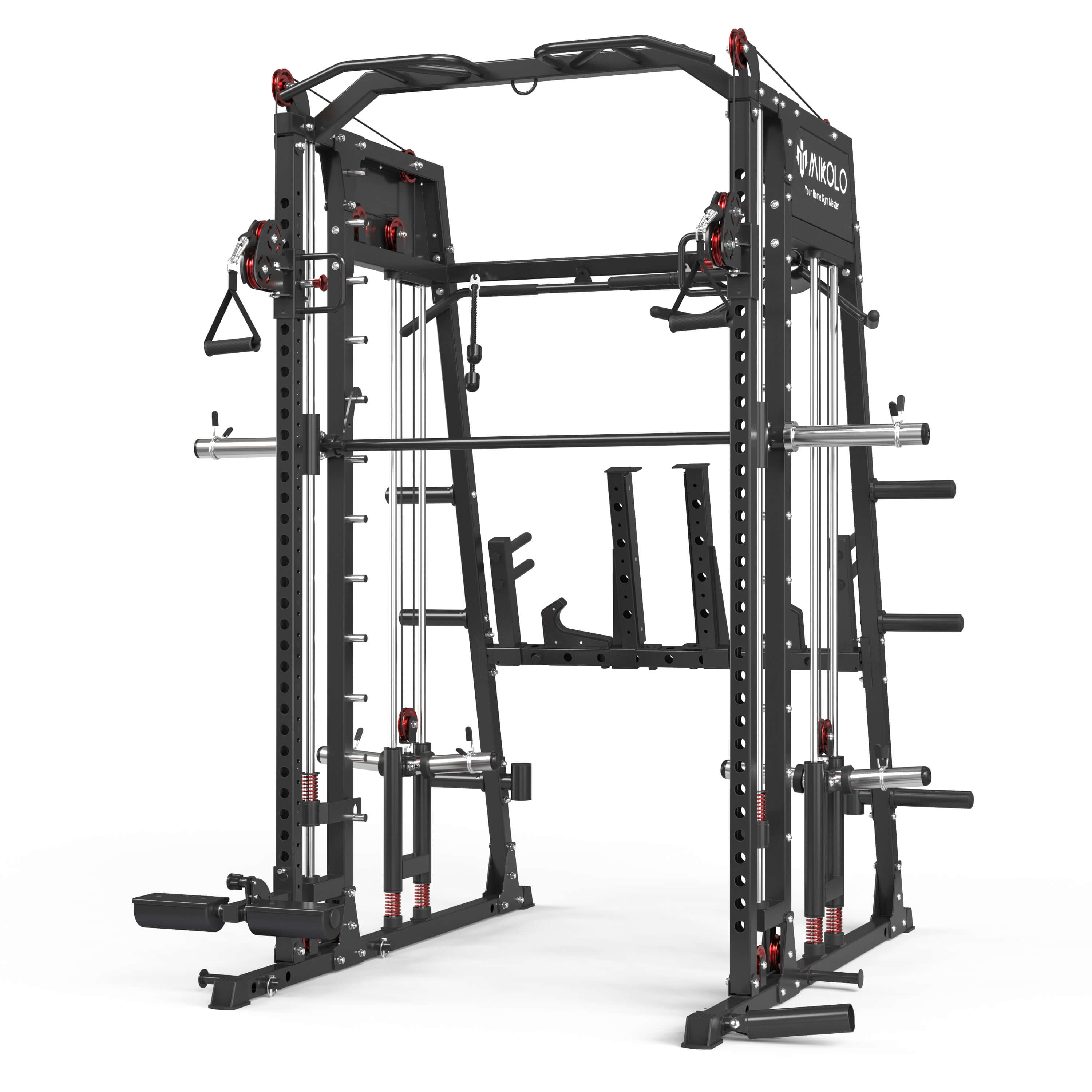
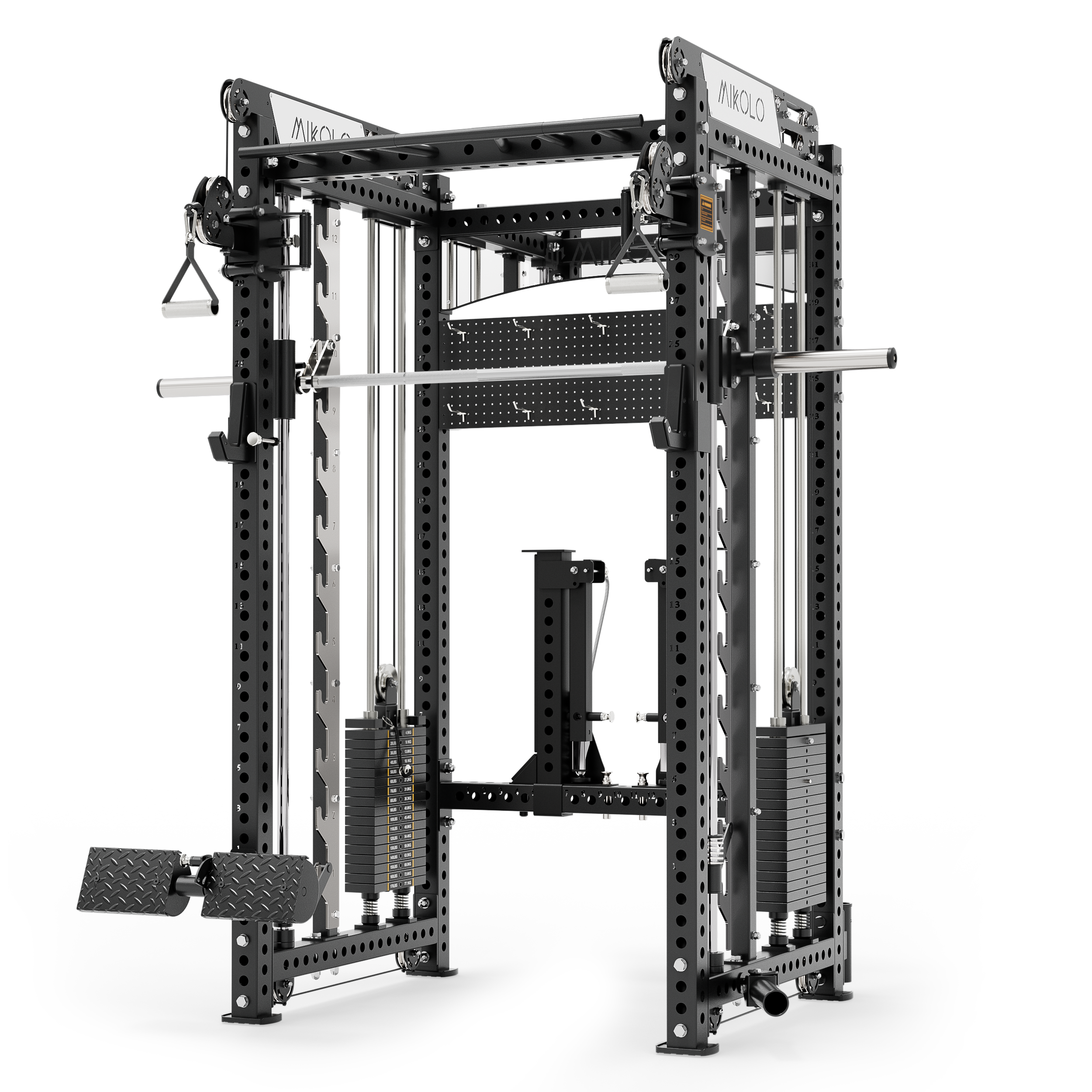
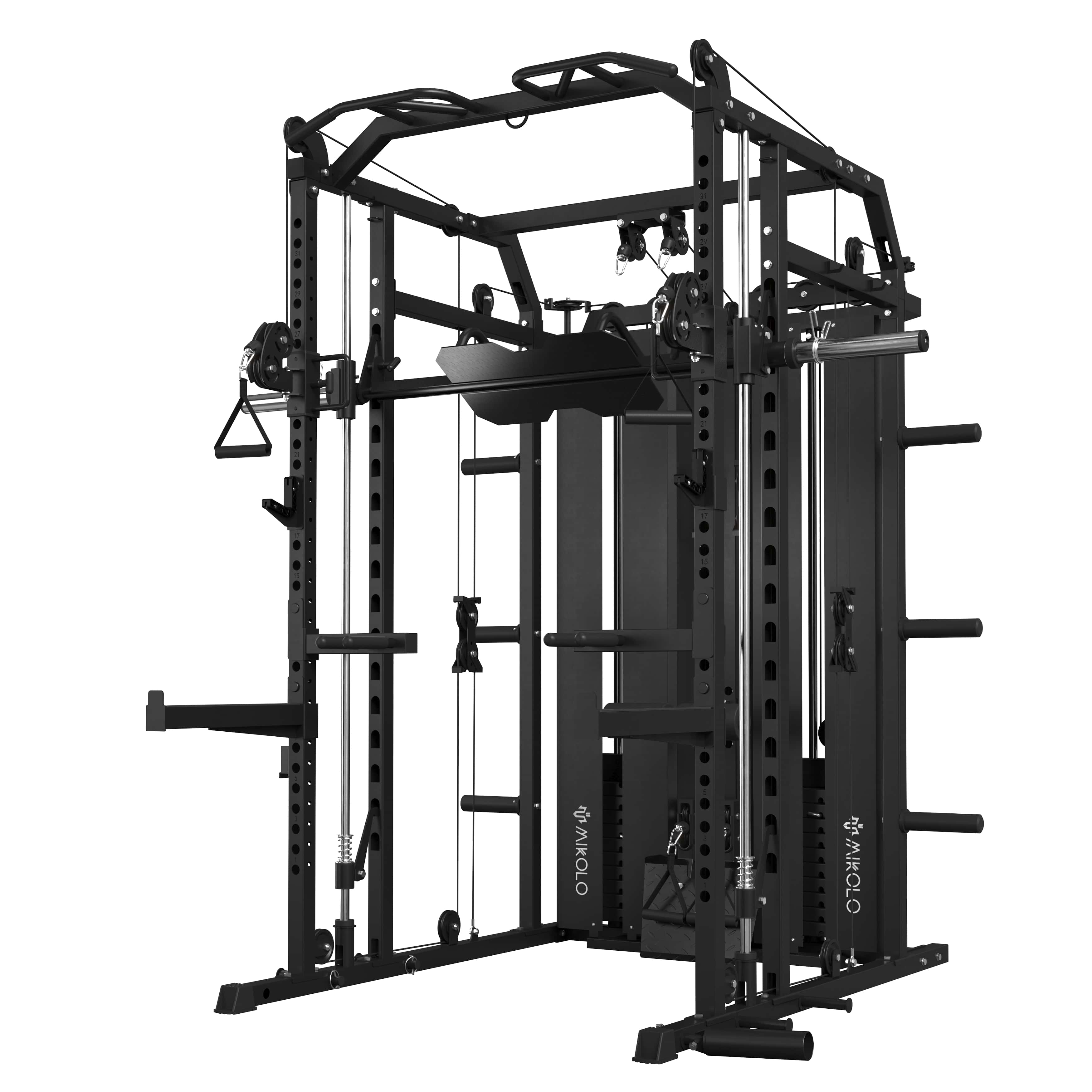
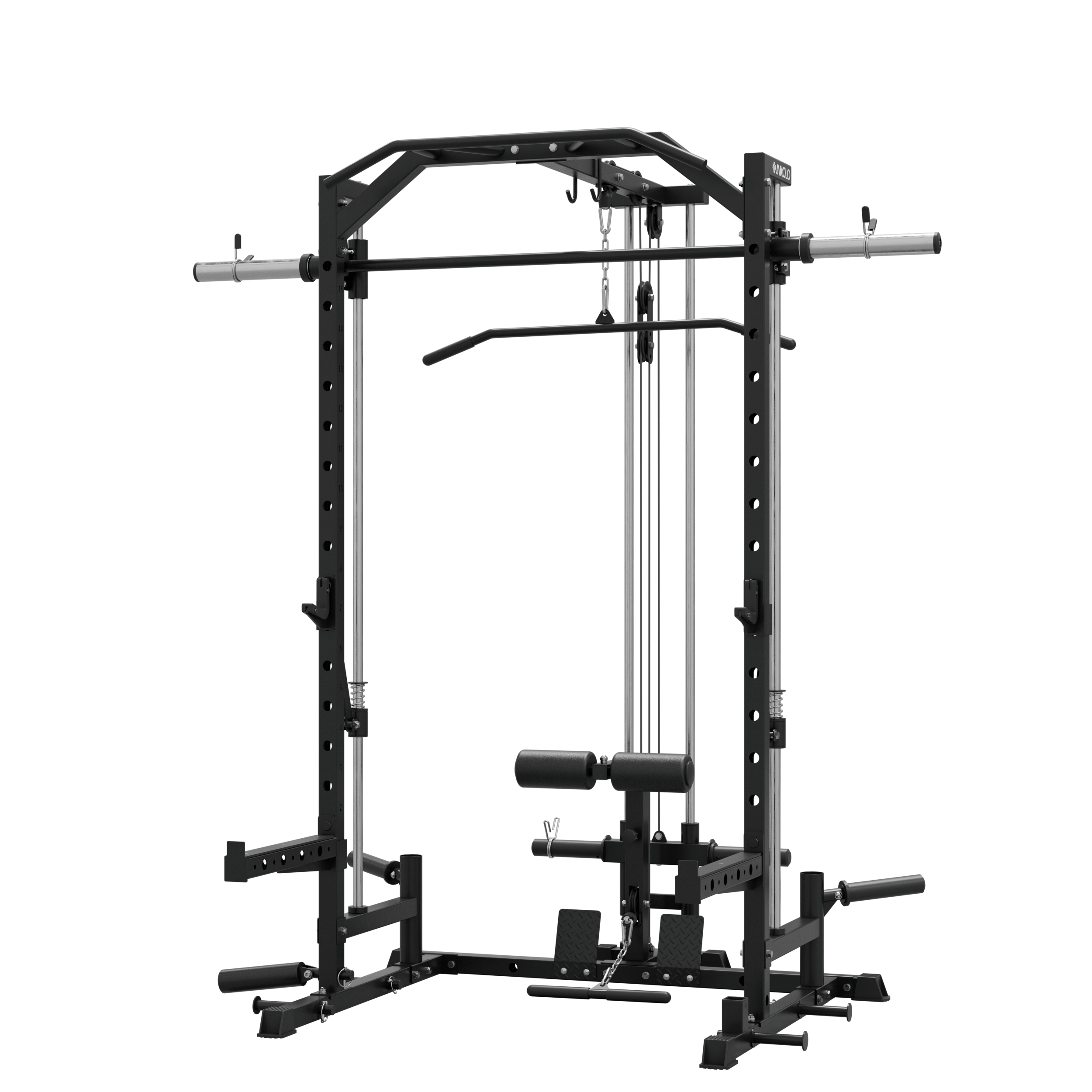
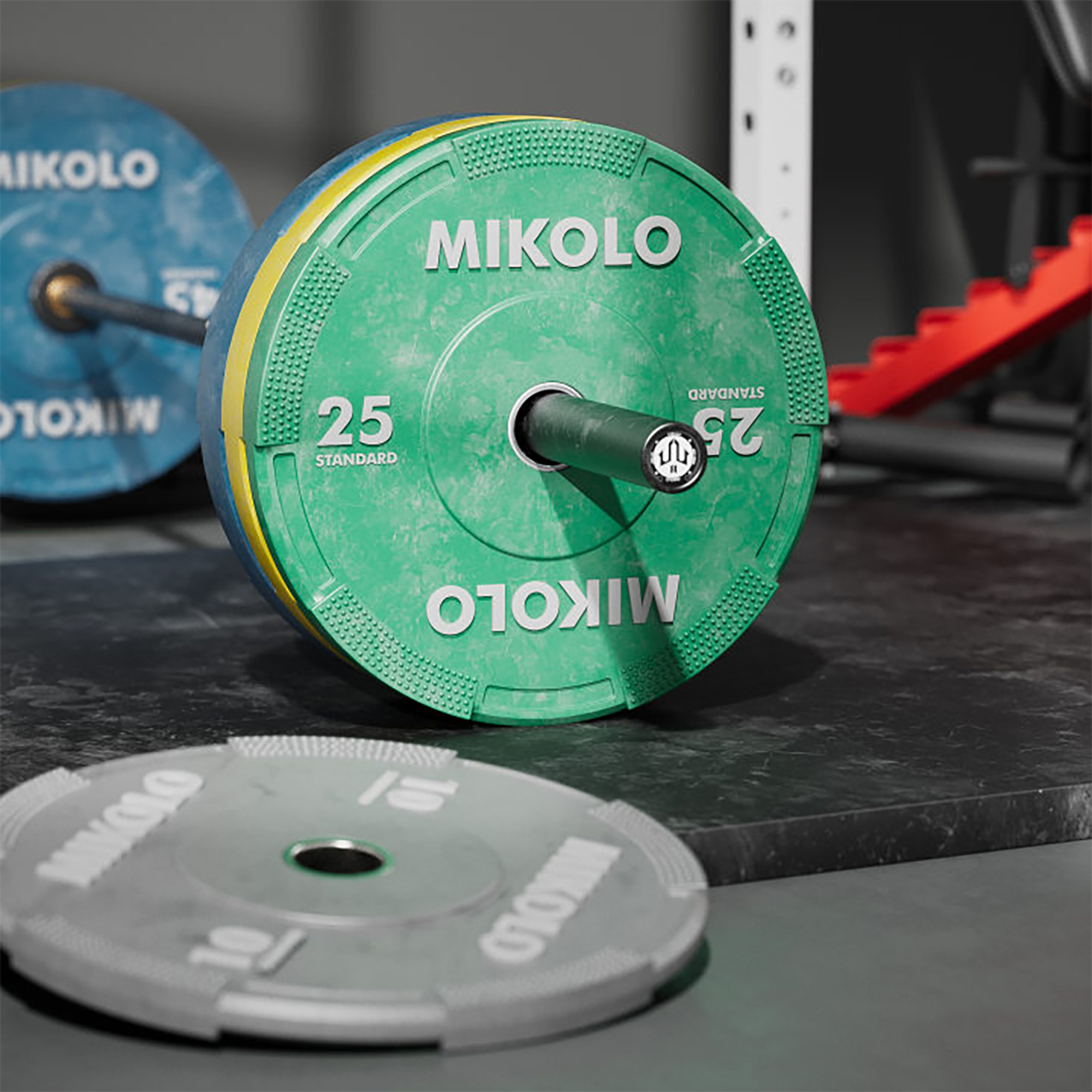
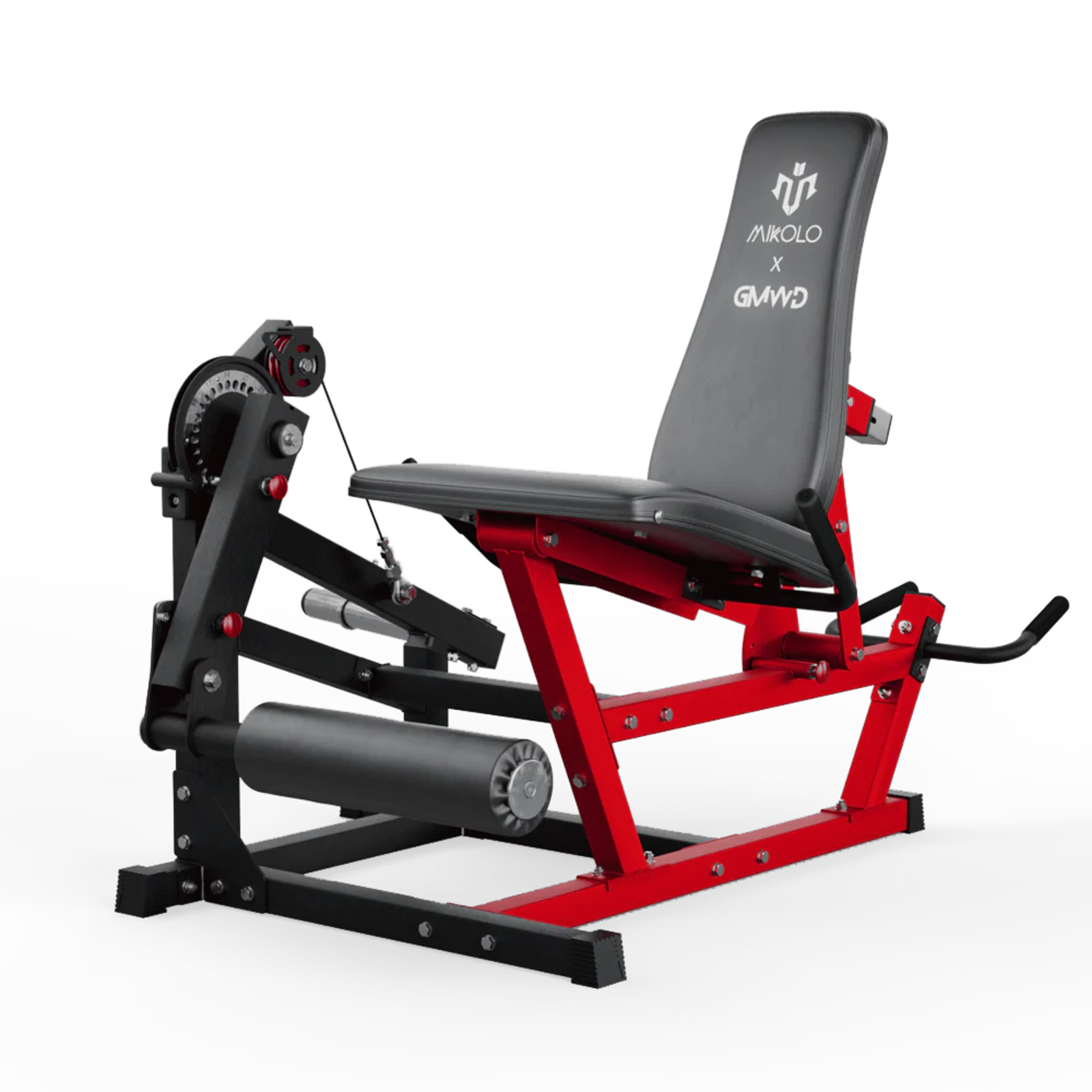
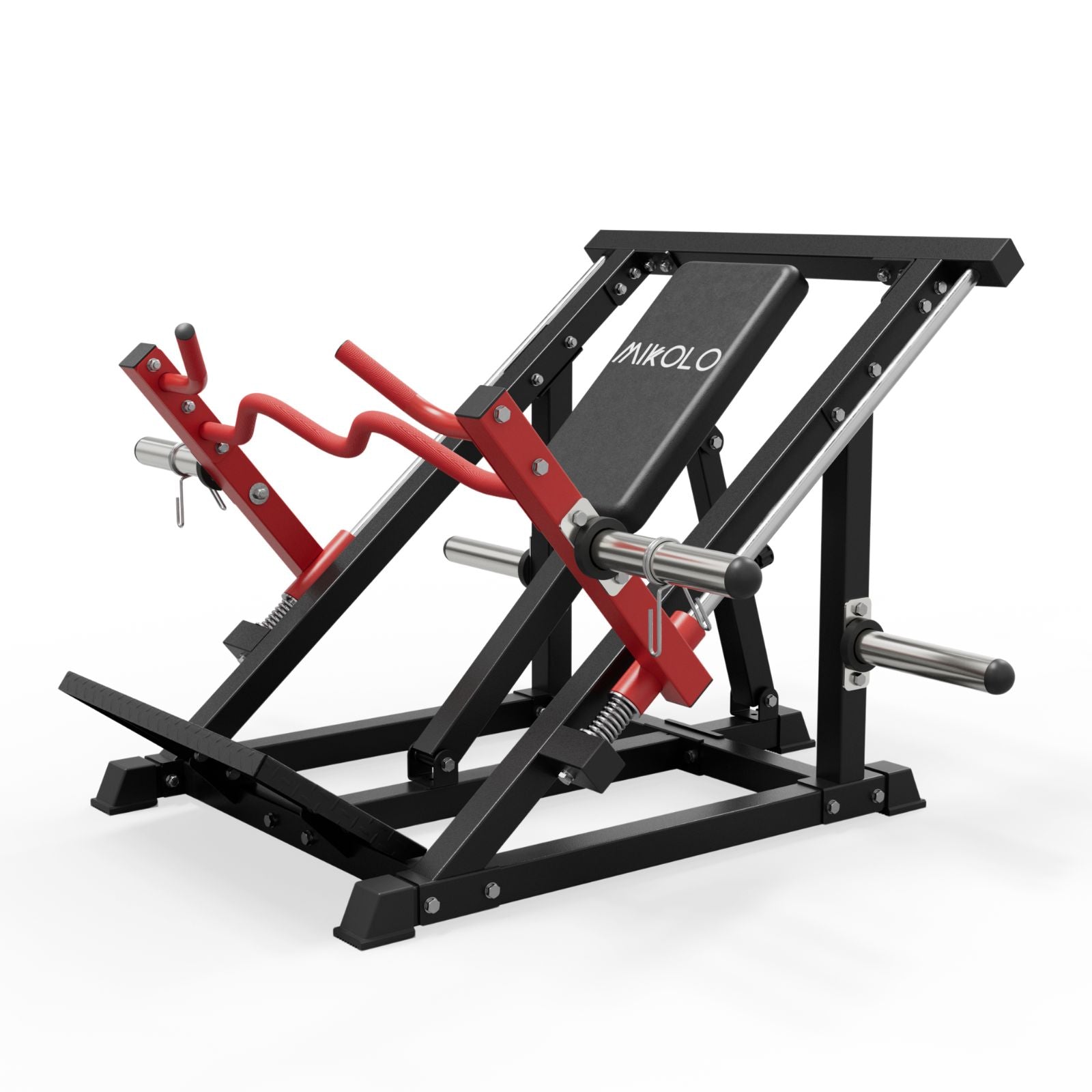
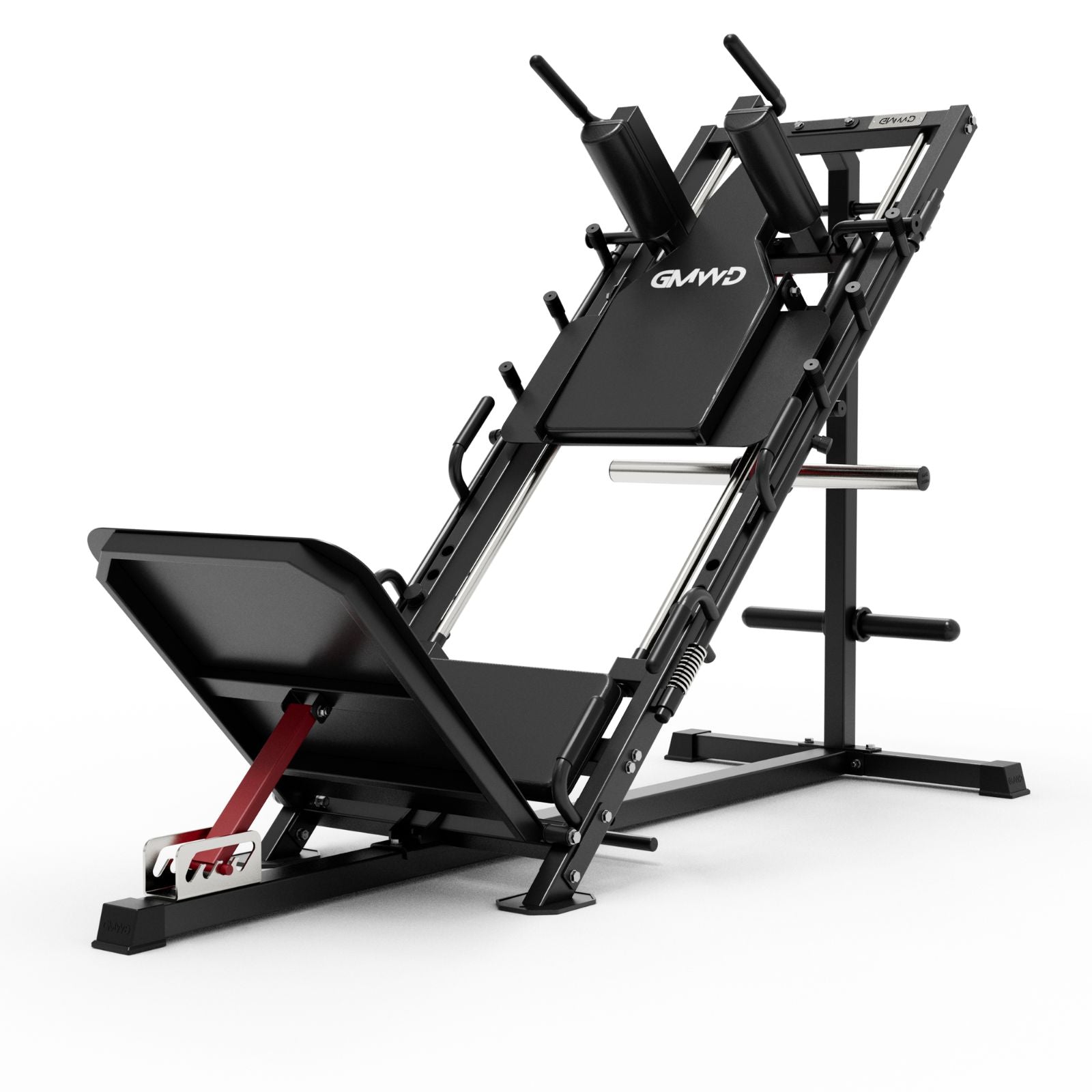
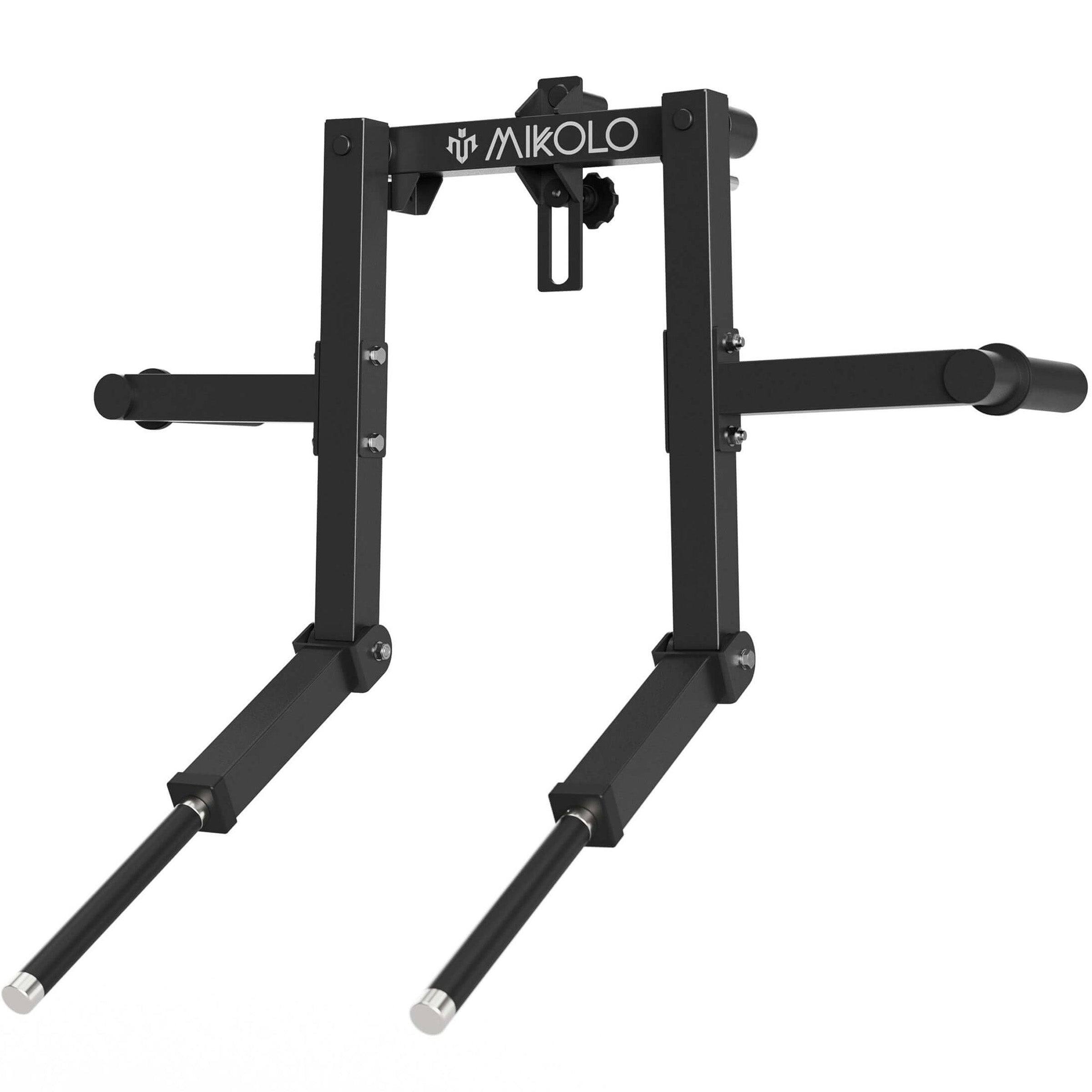
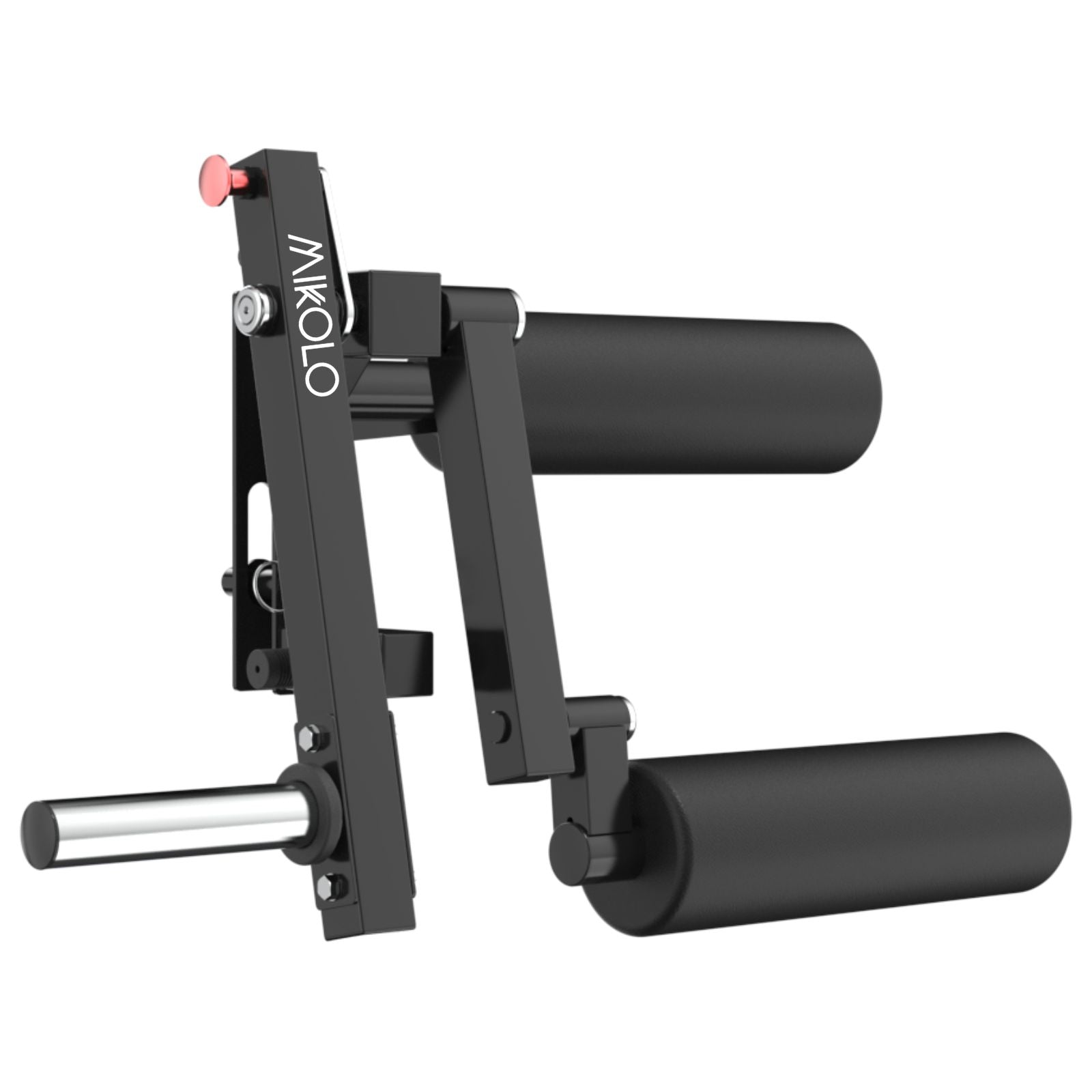
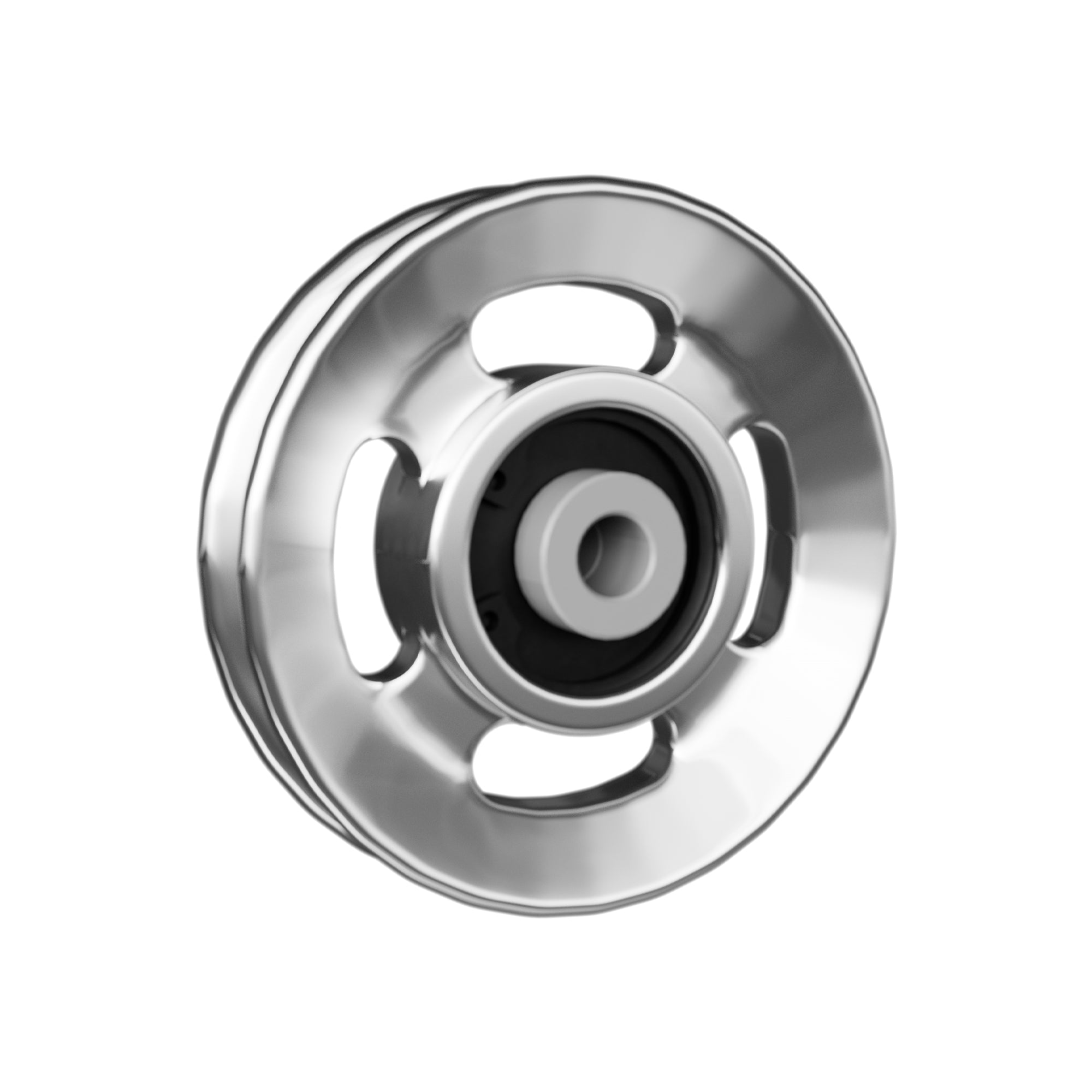
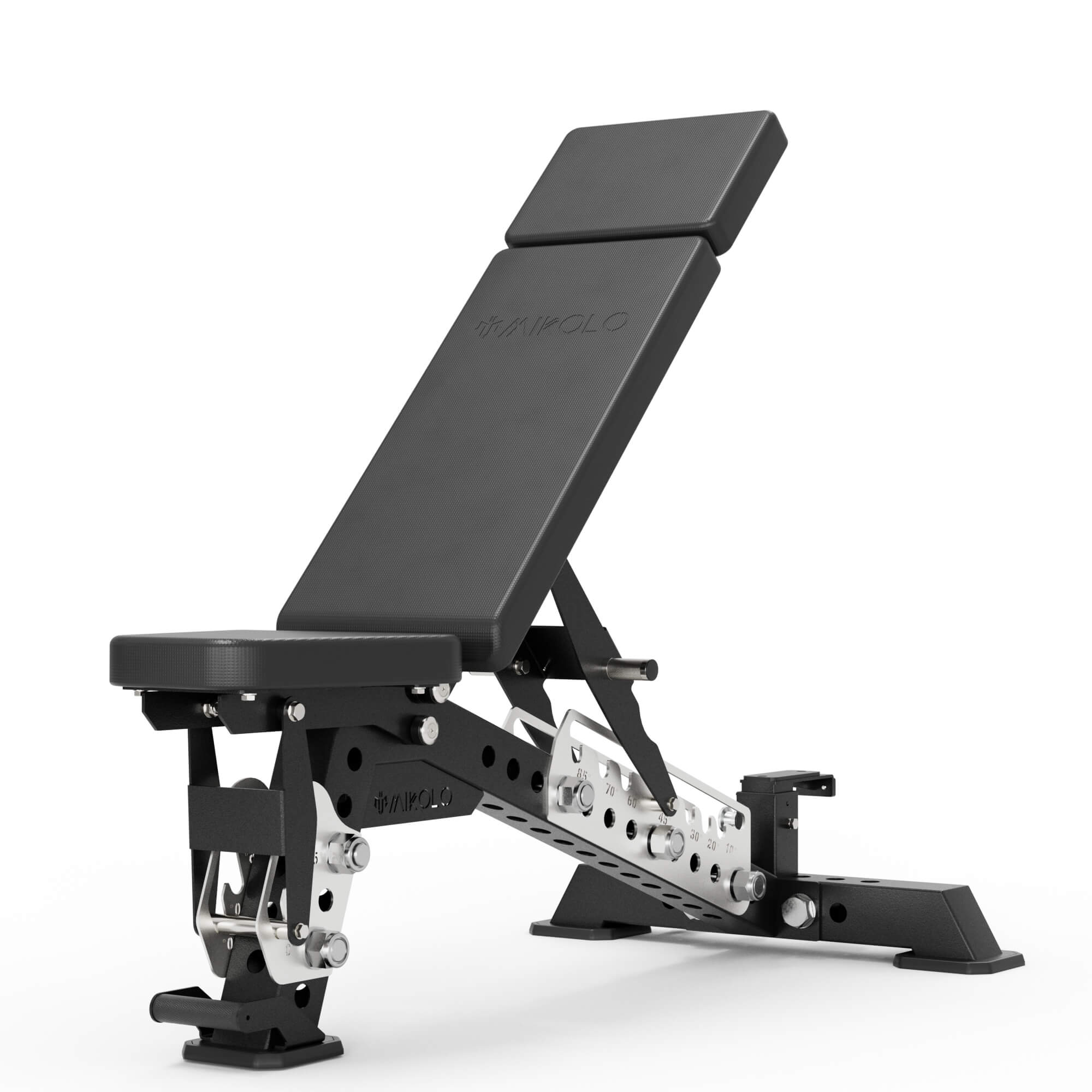
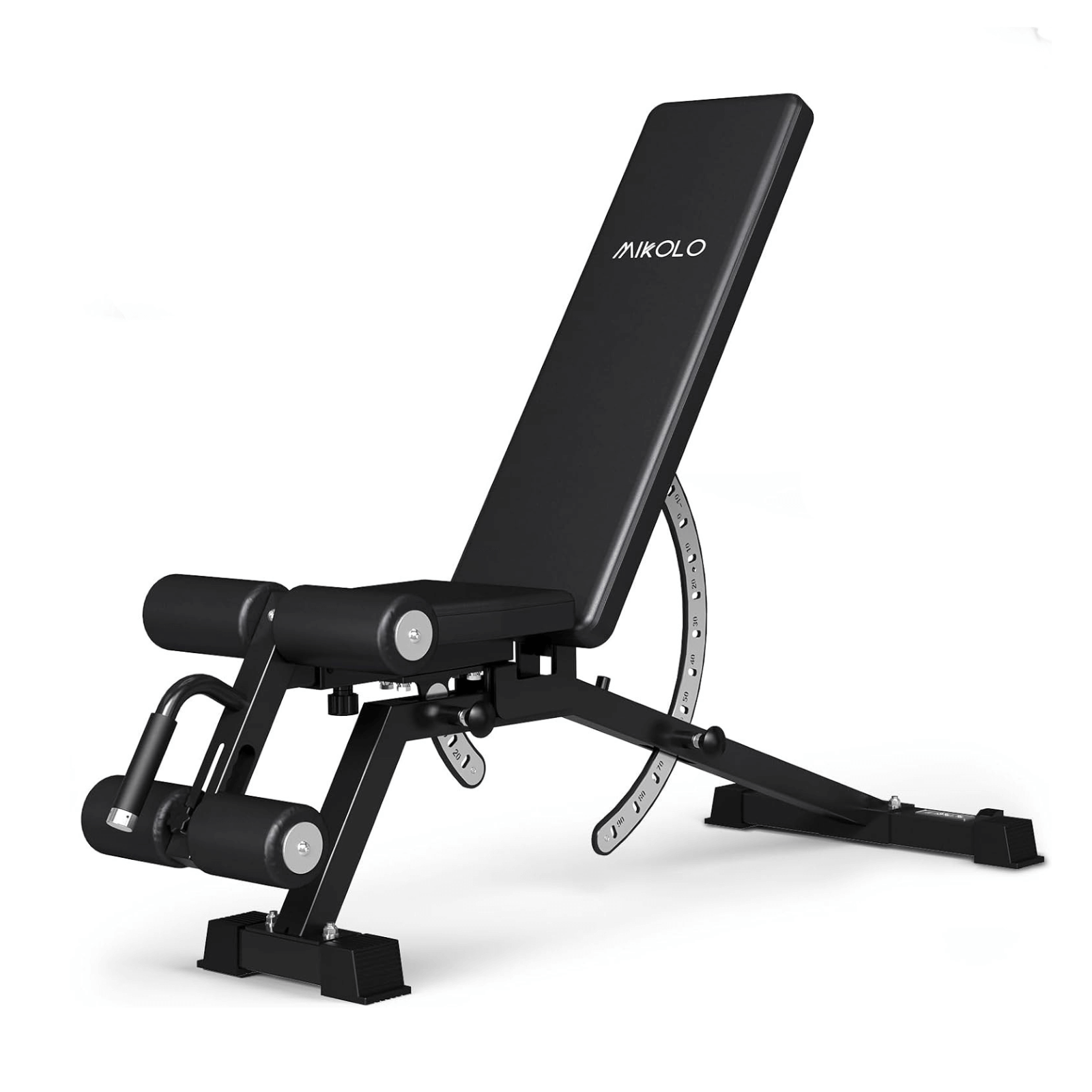
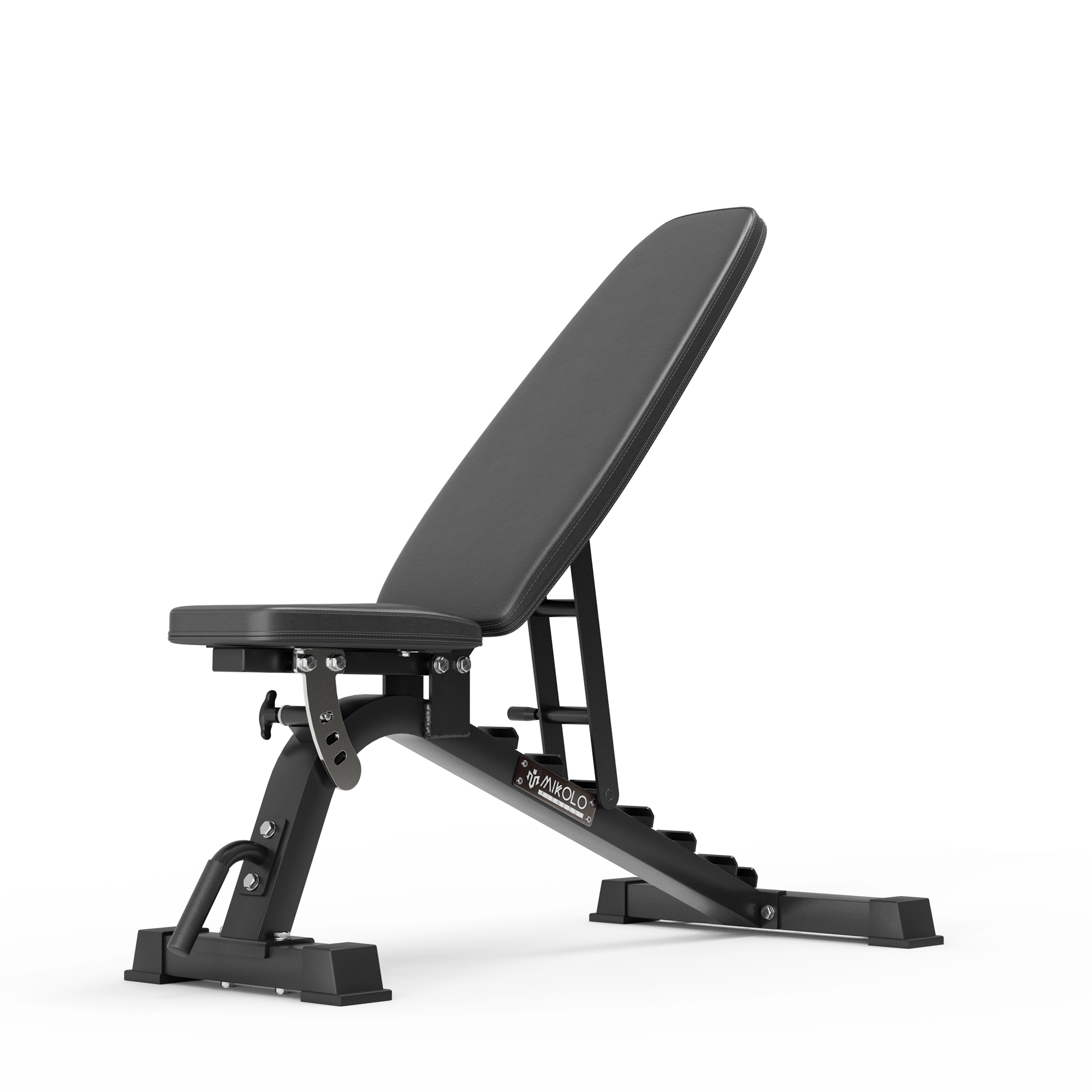
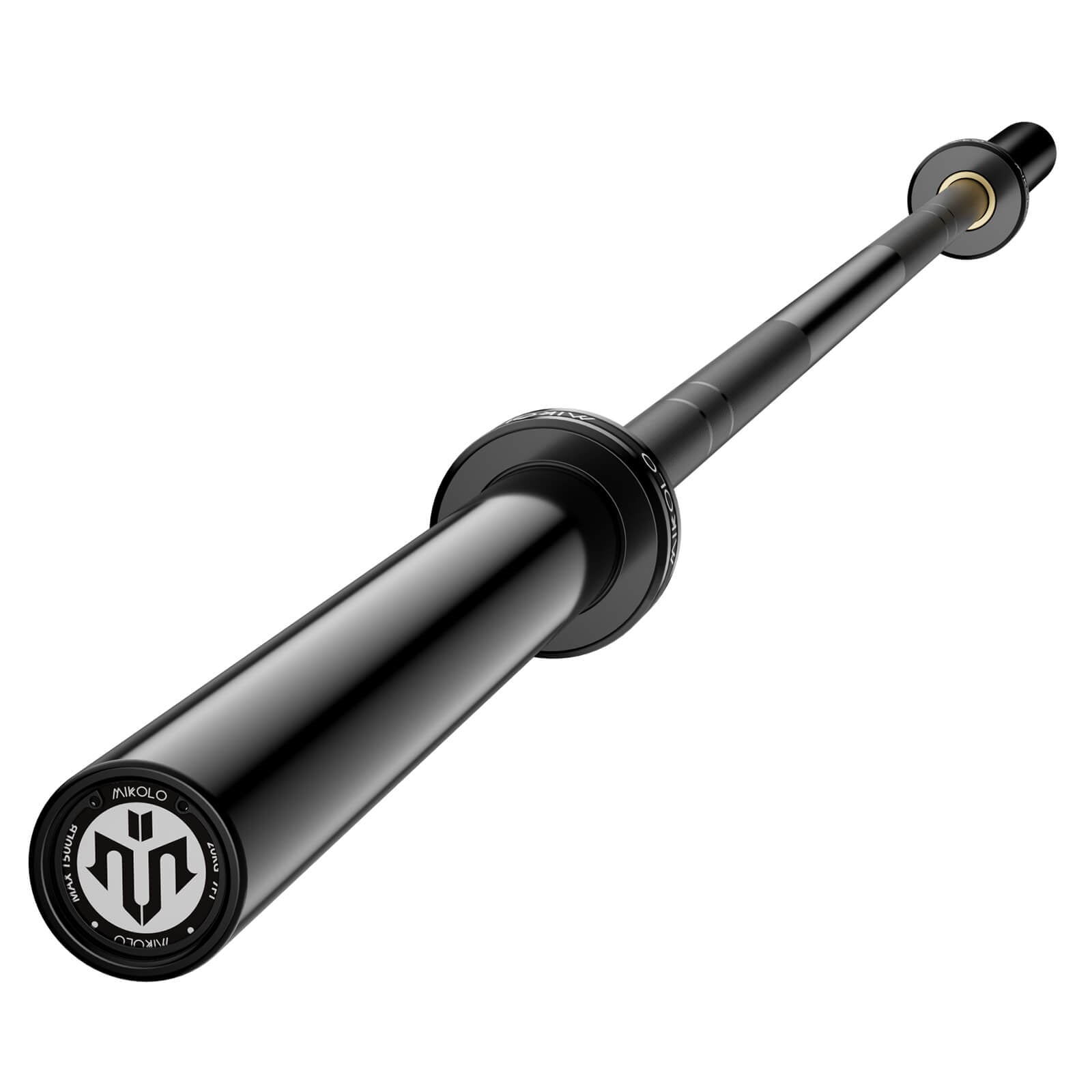
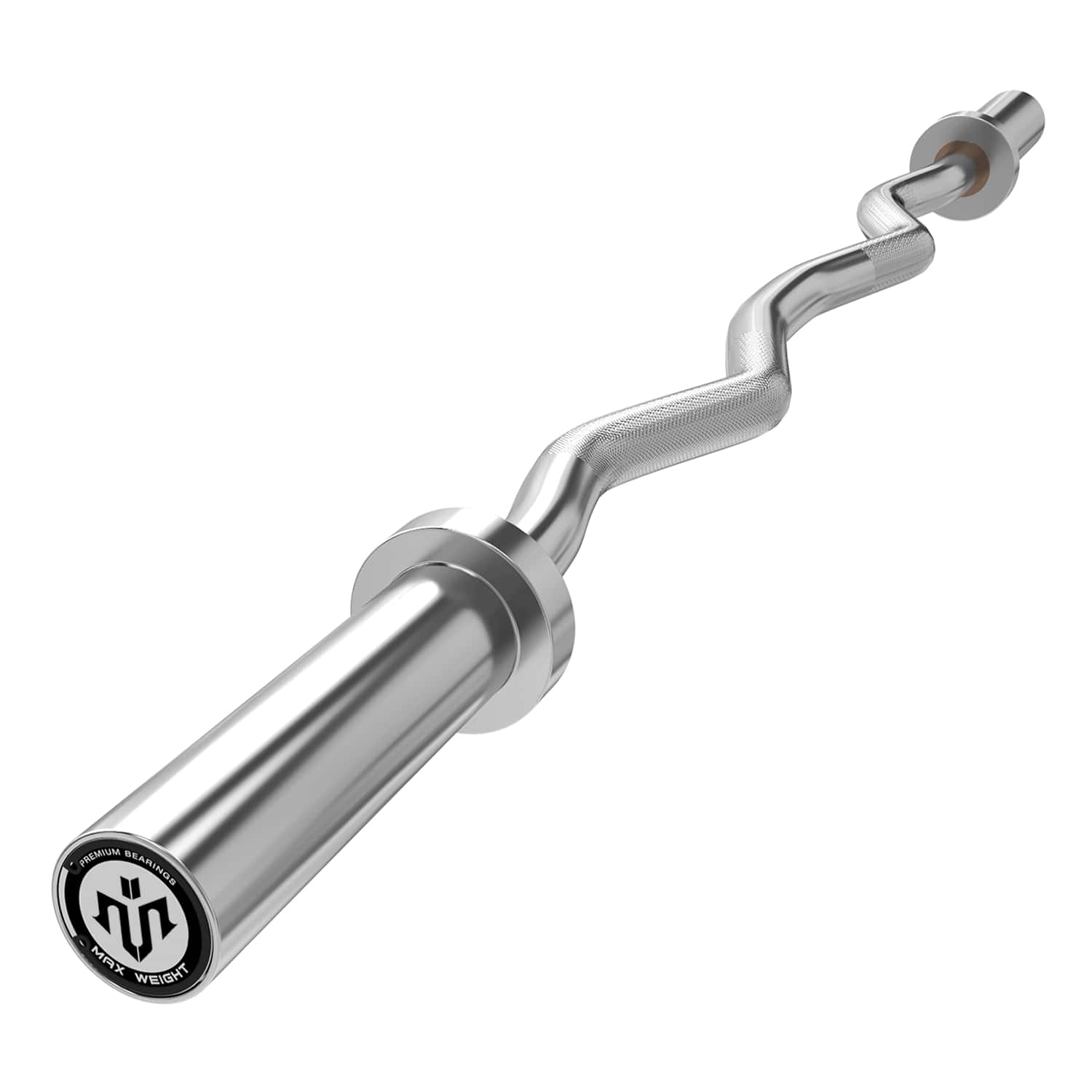
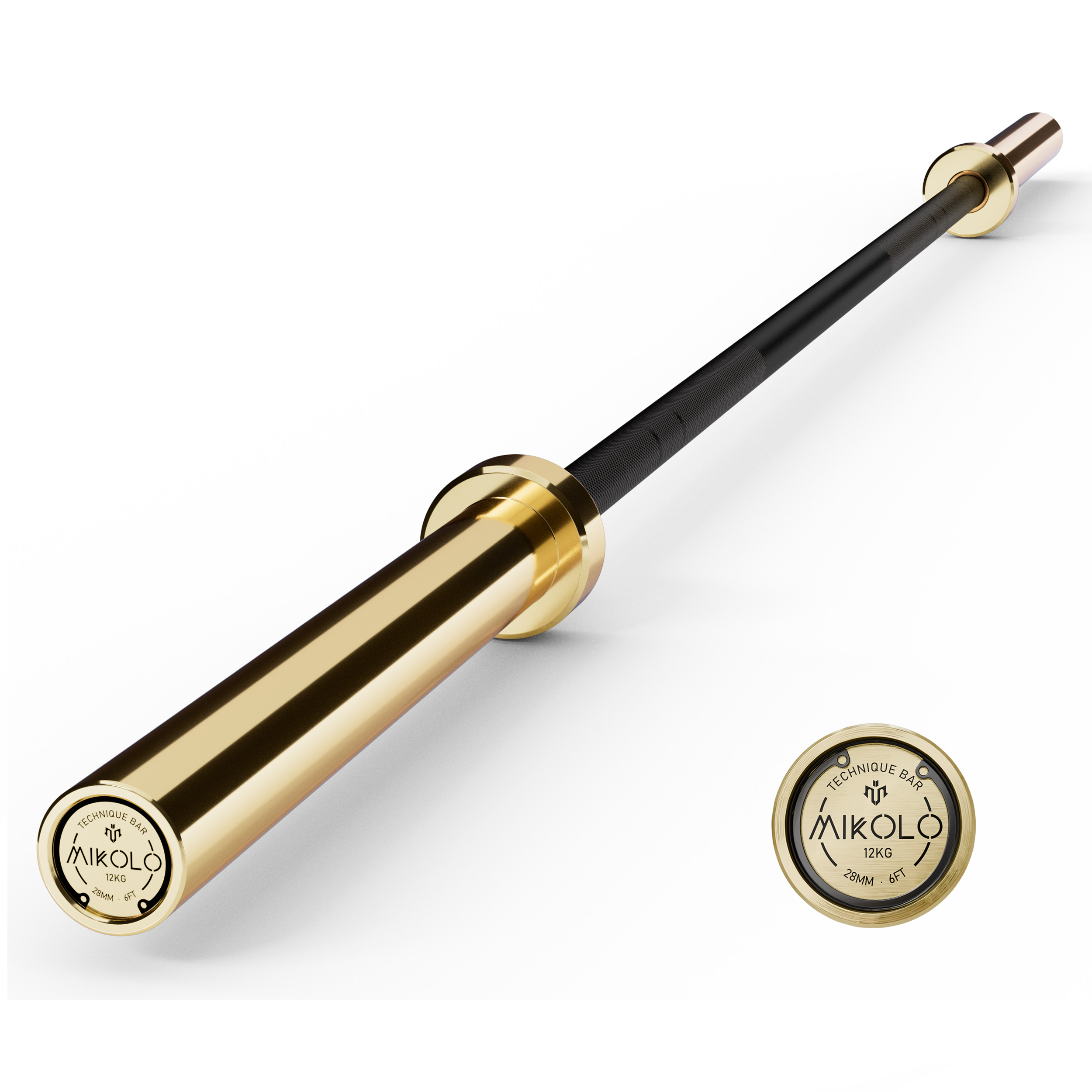
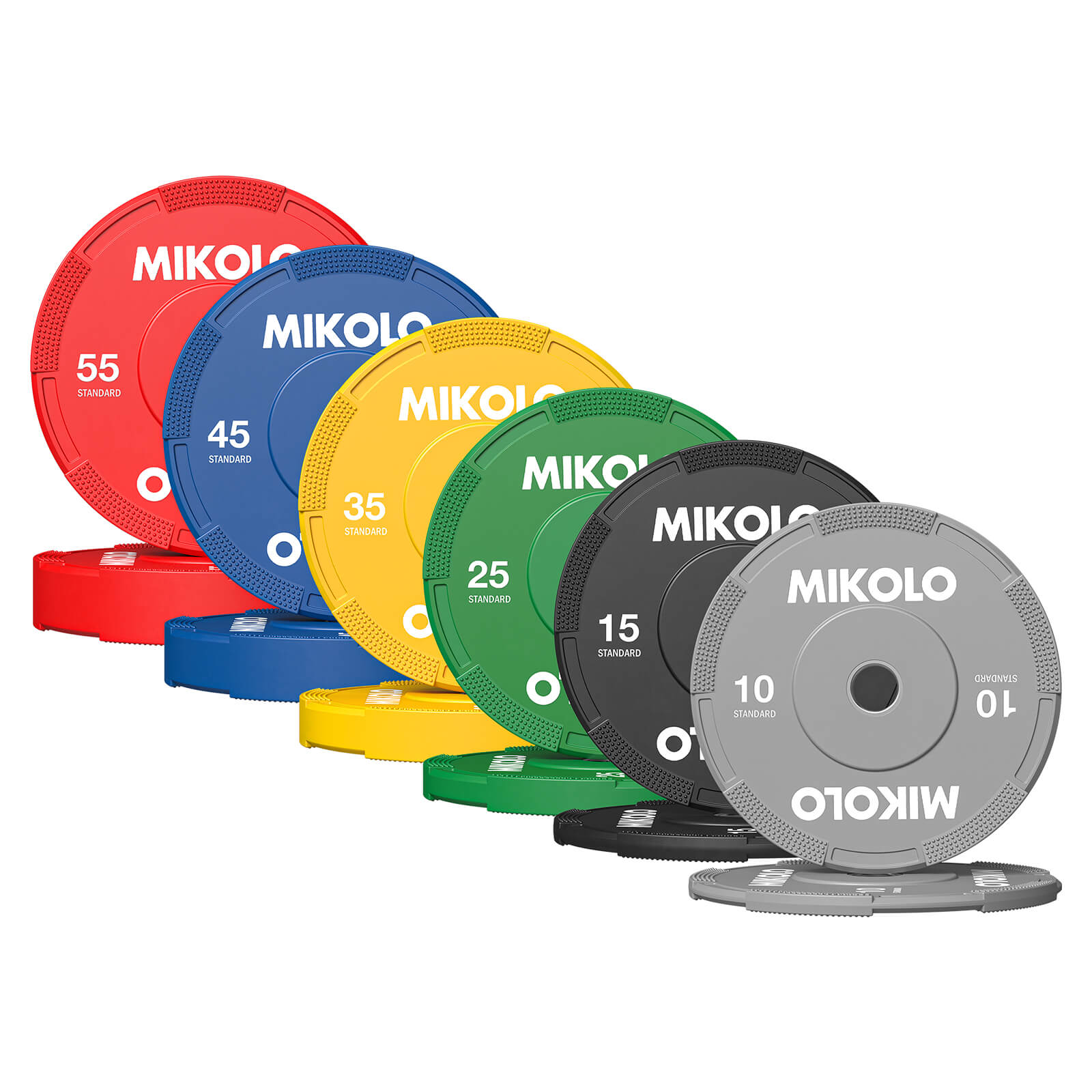
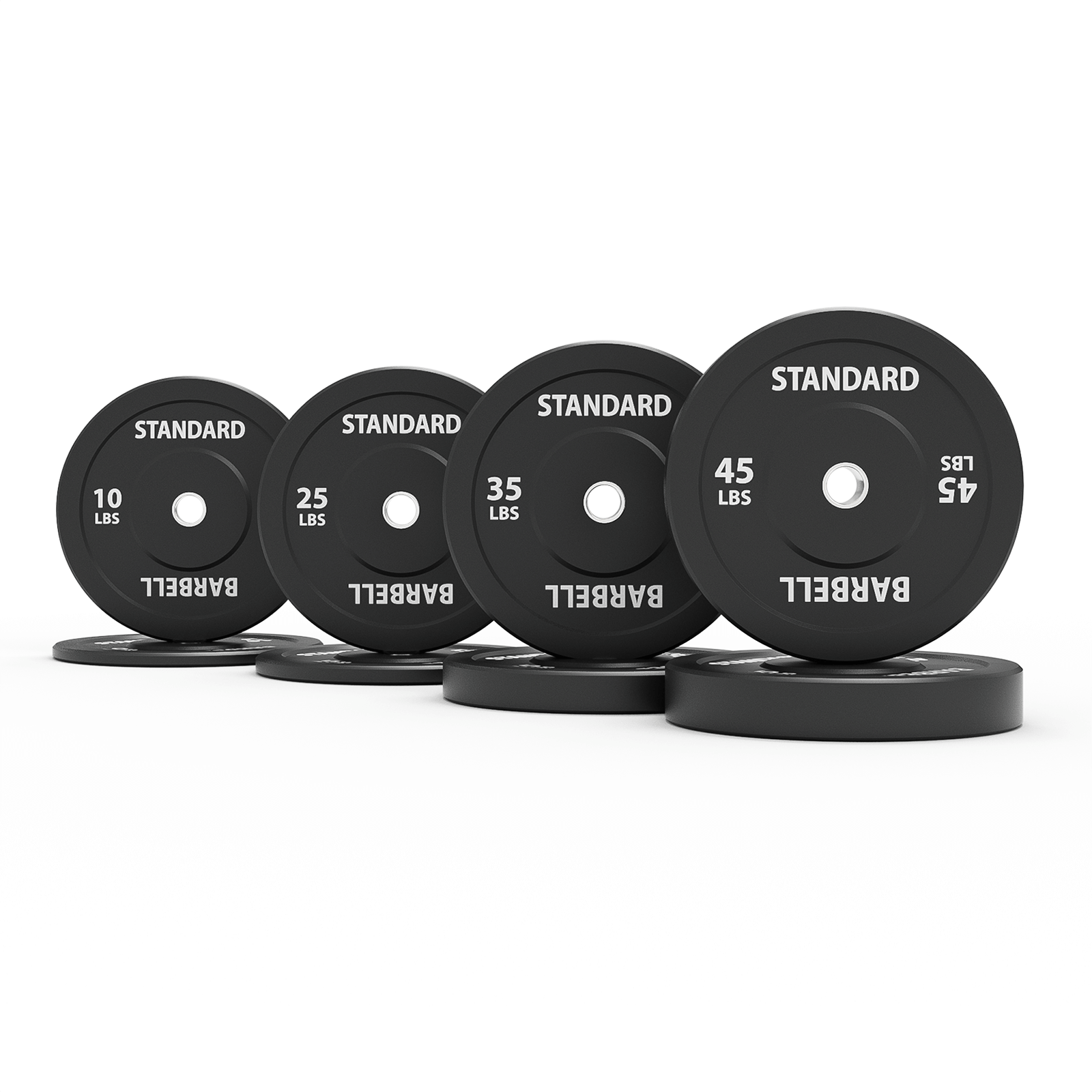
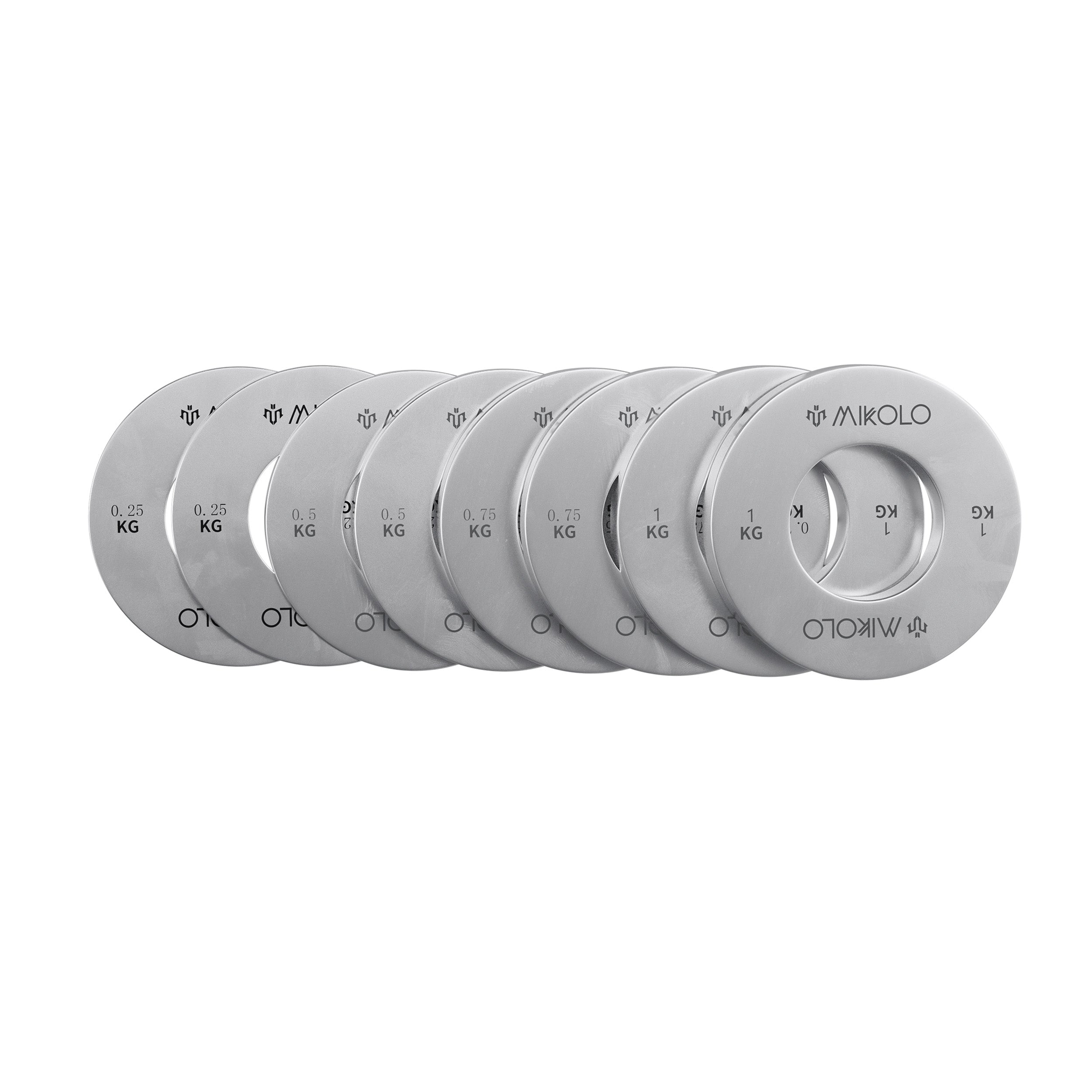
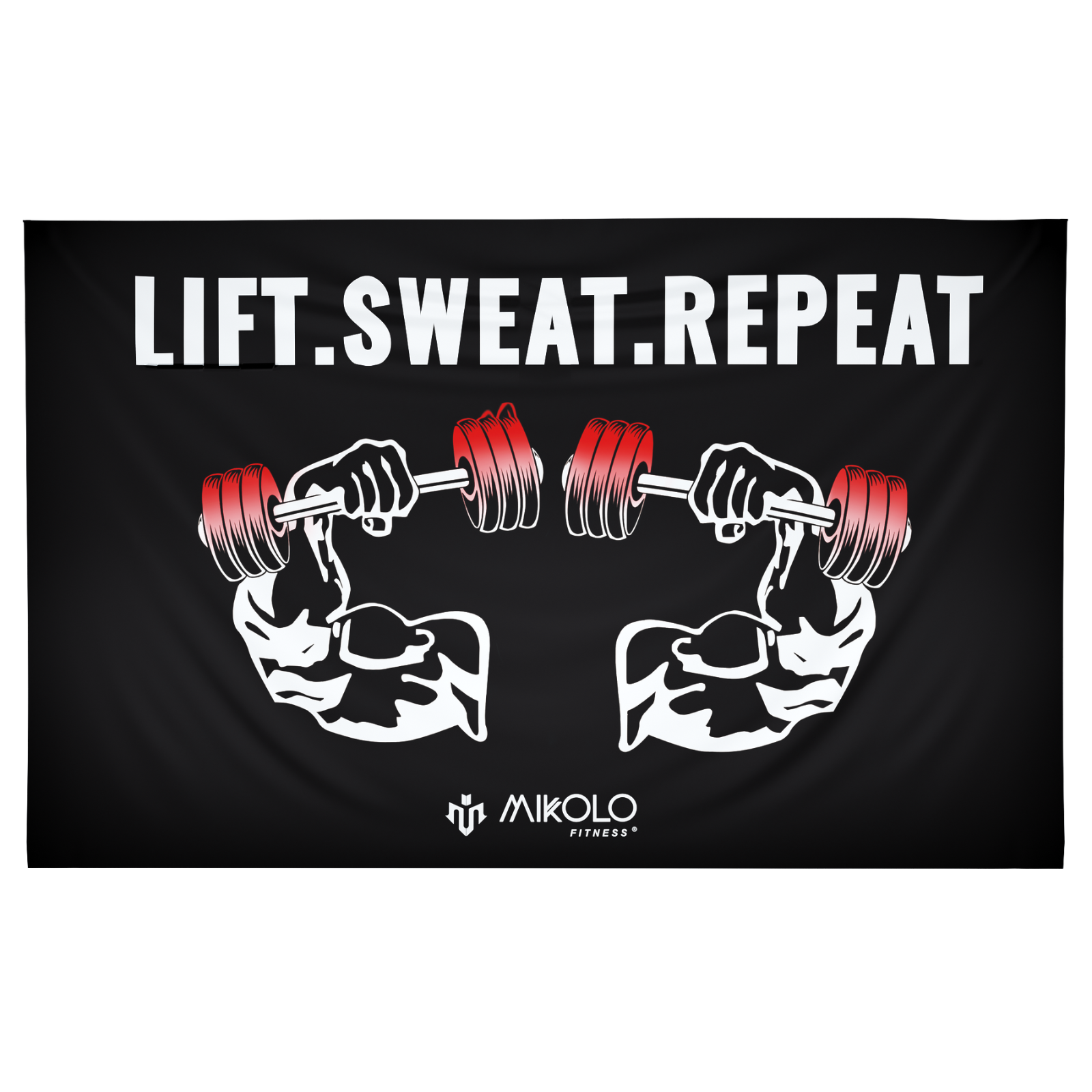
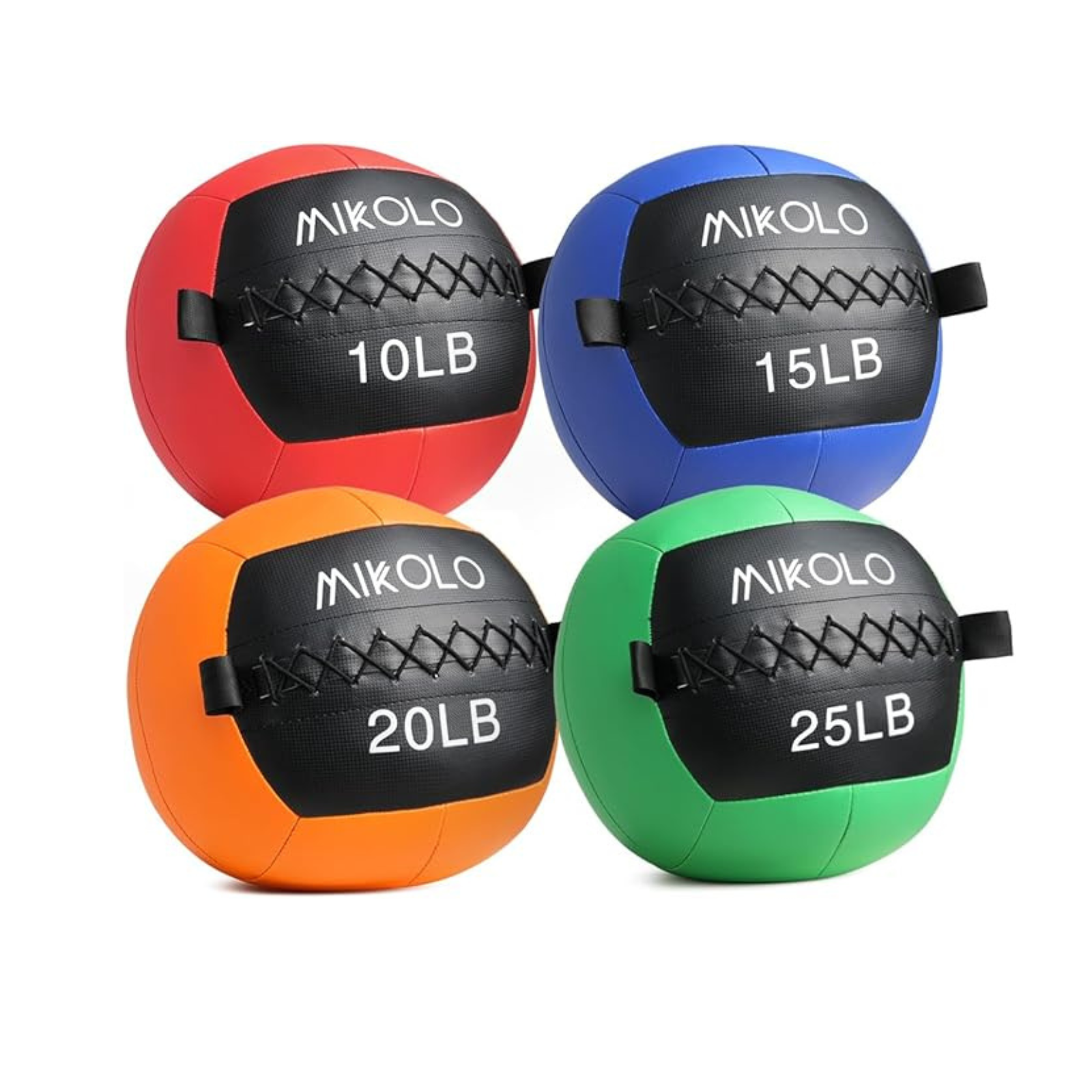
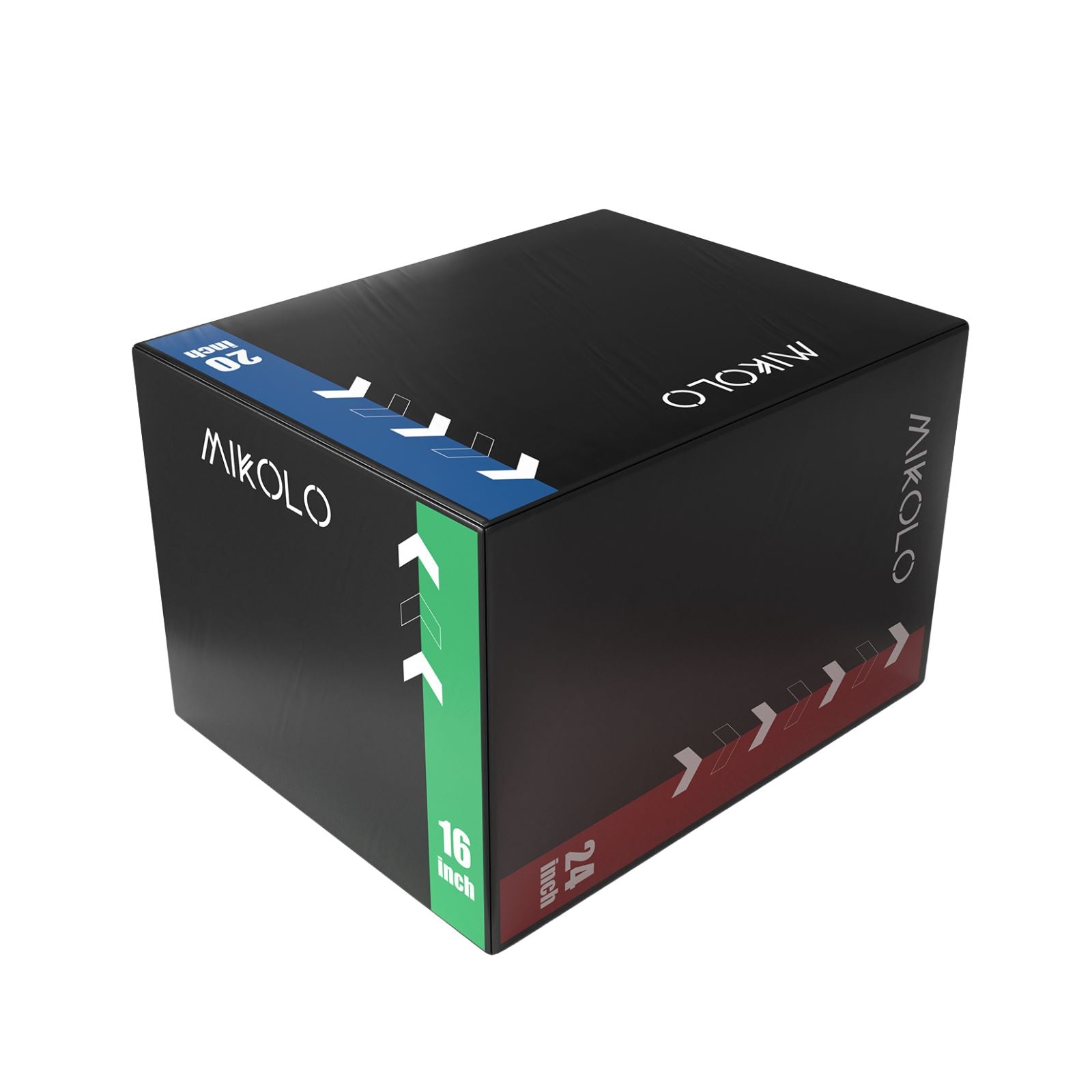
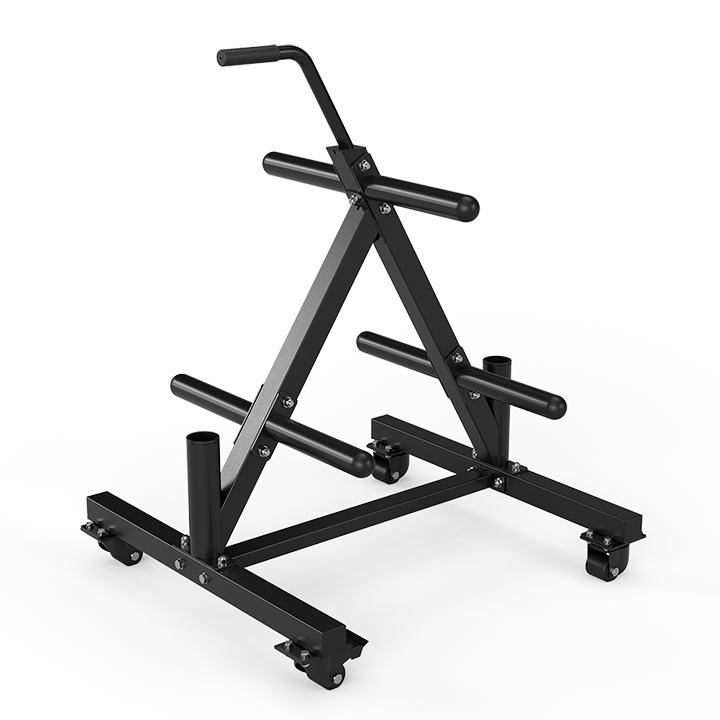
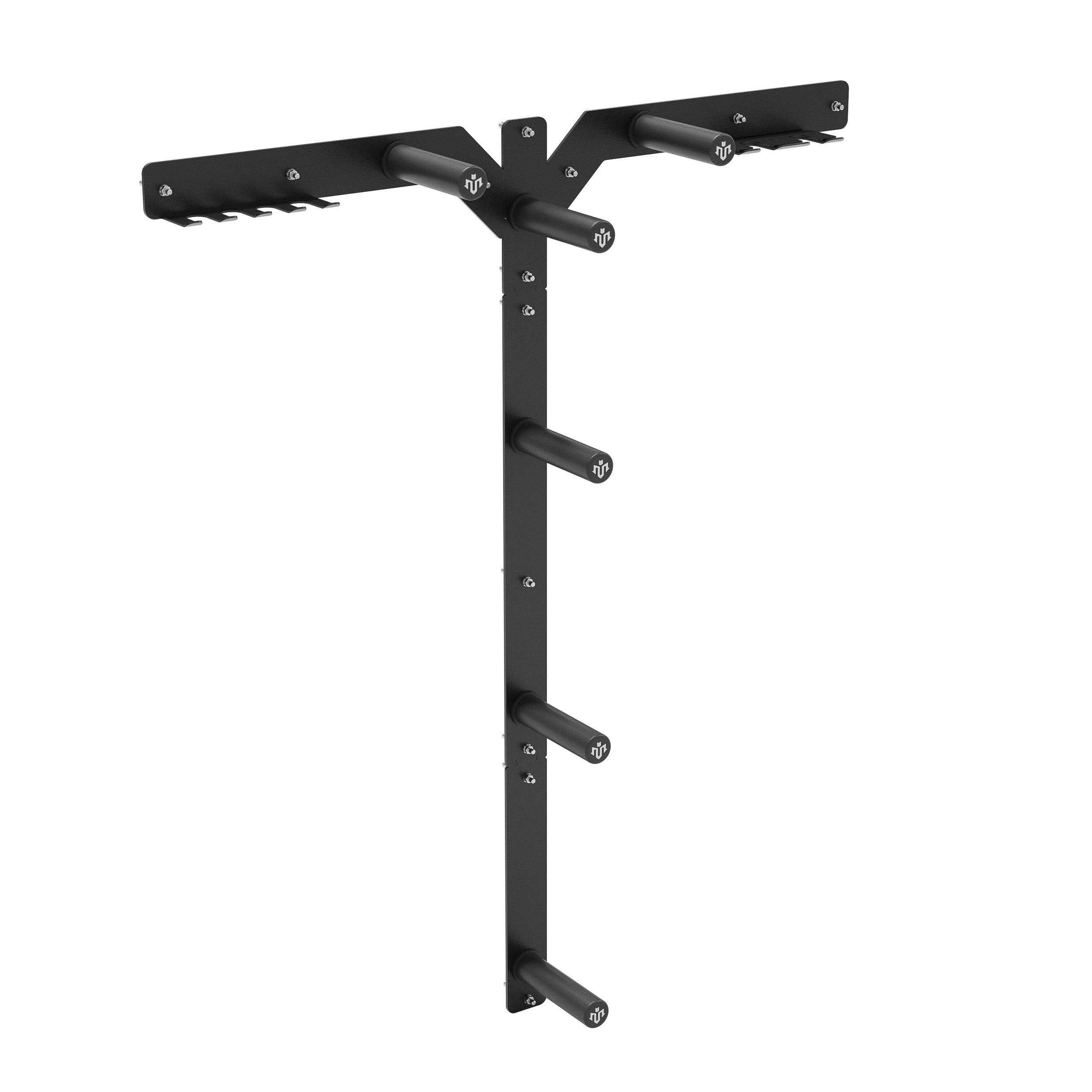
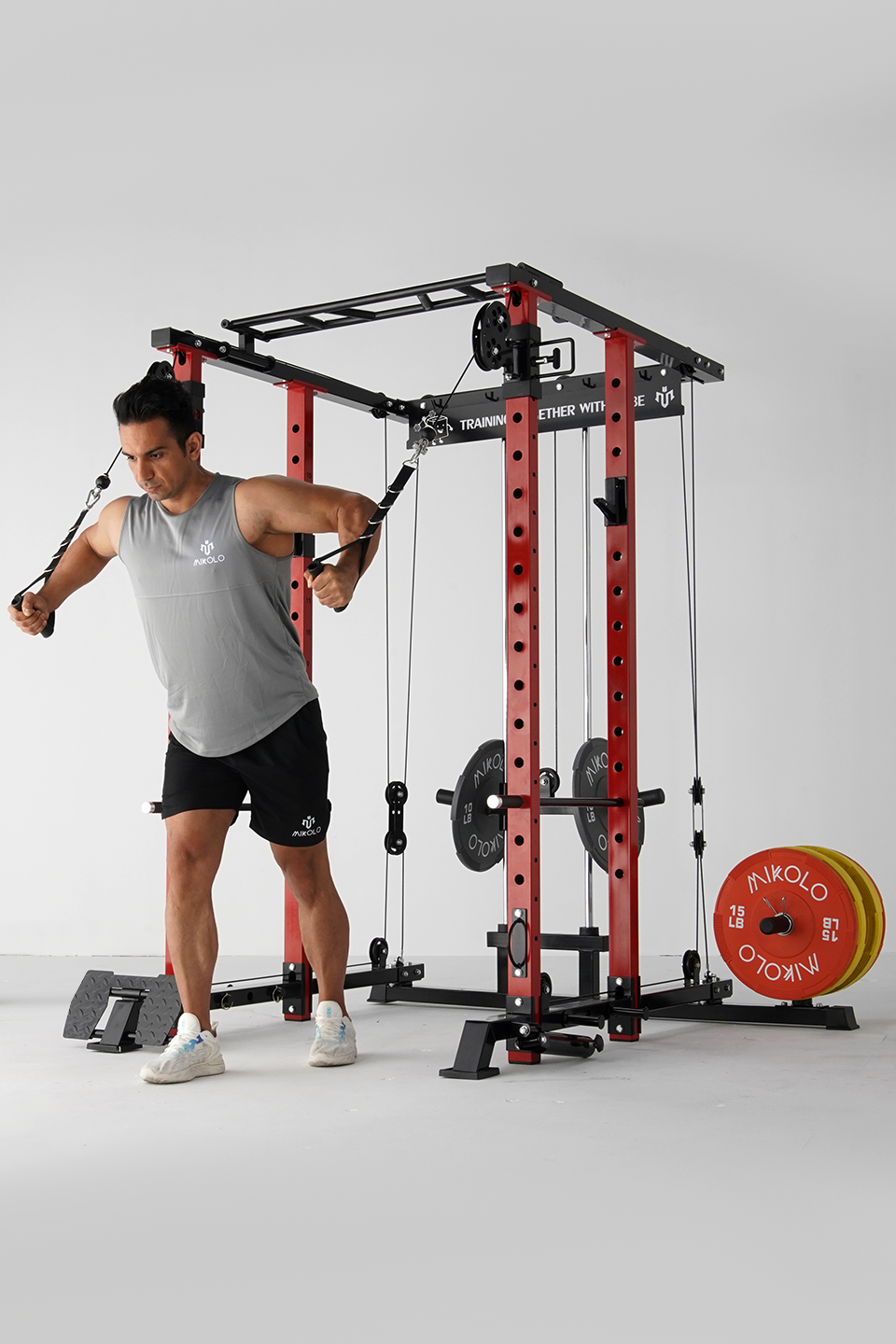
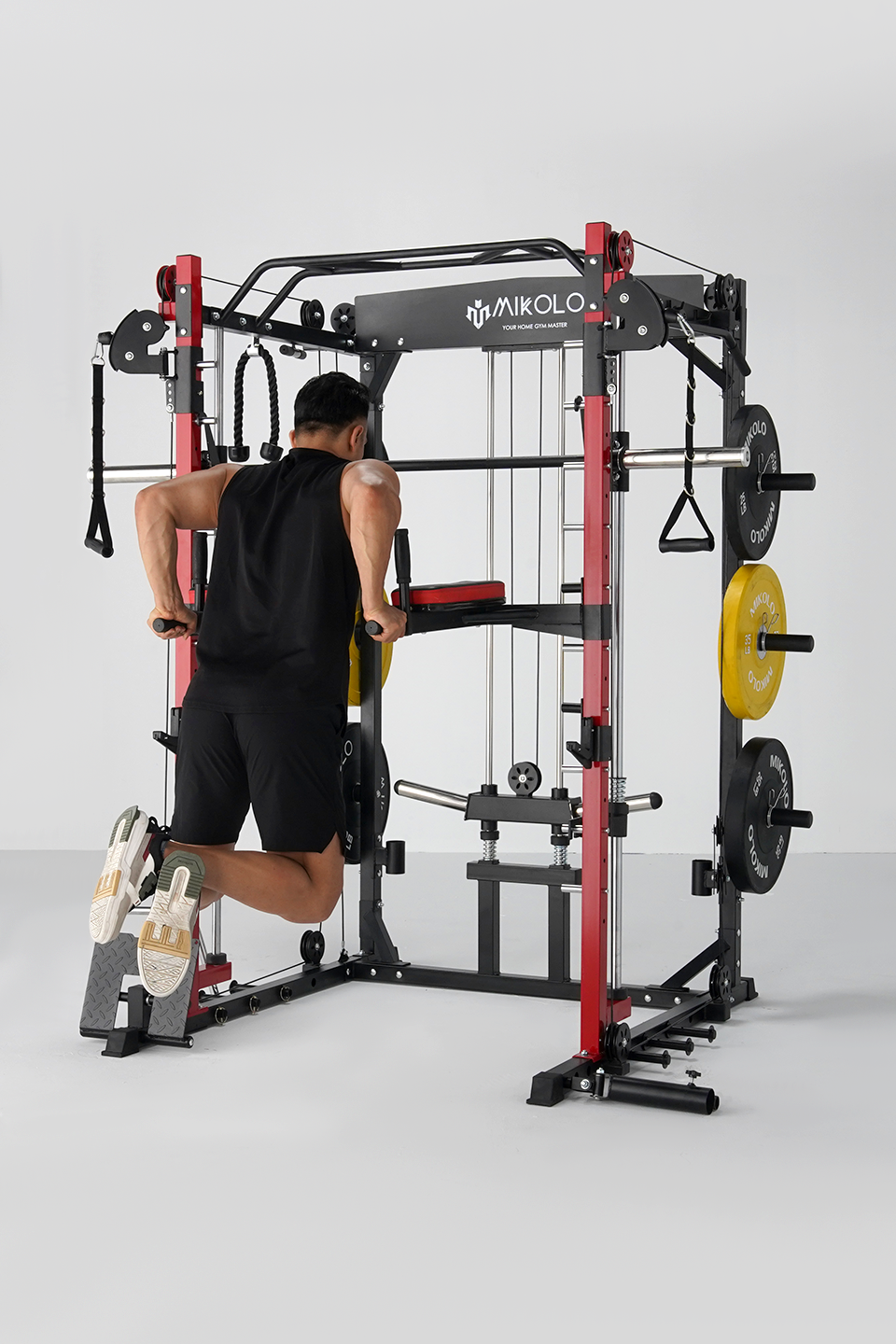


Leave a comment
This site is protected by hCaptcha and the hCaptcha Privacy Policy and Terms of Service apply.